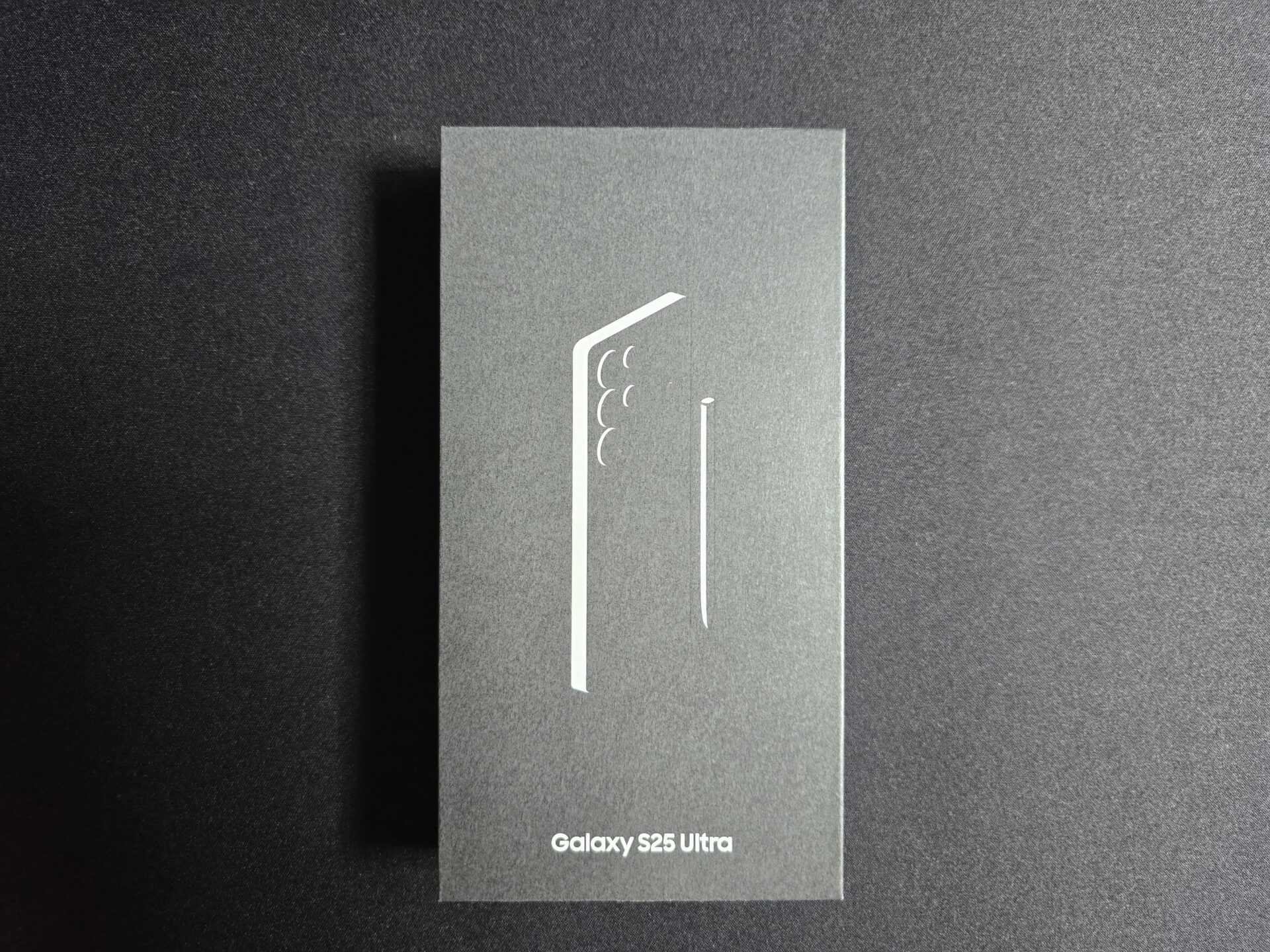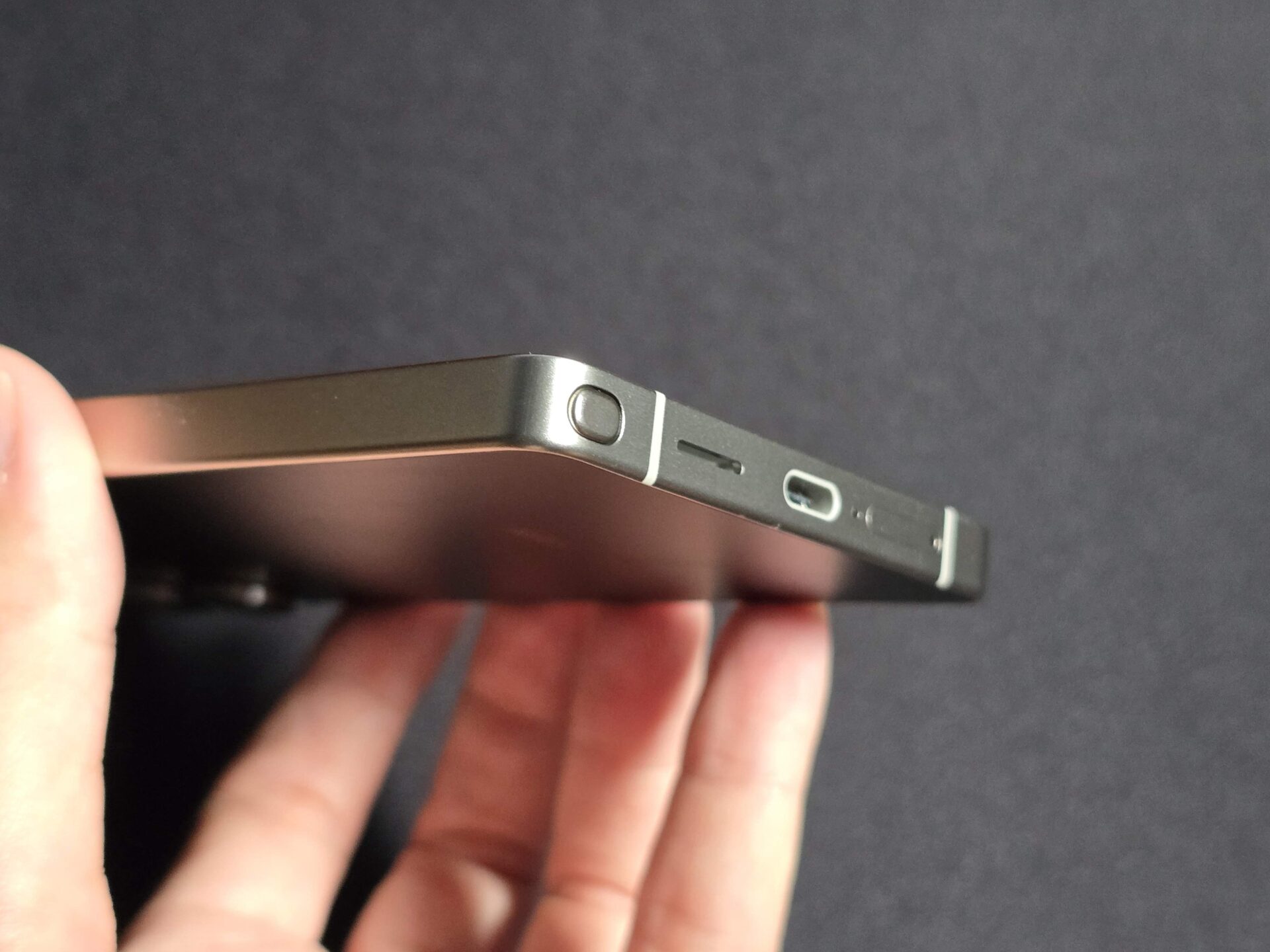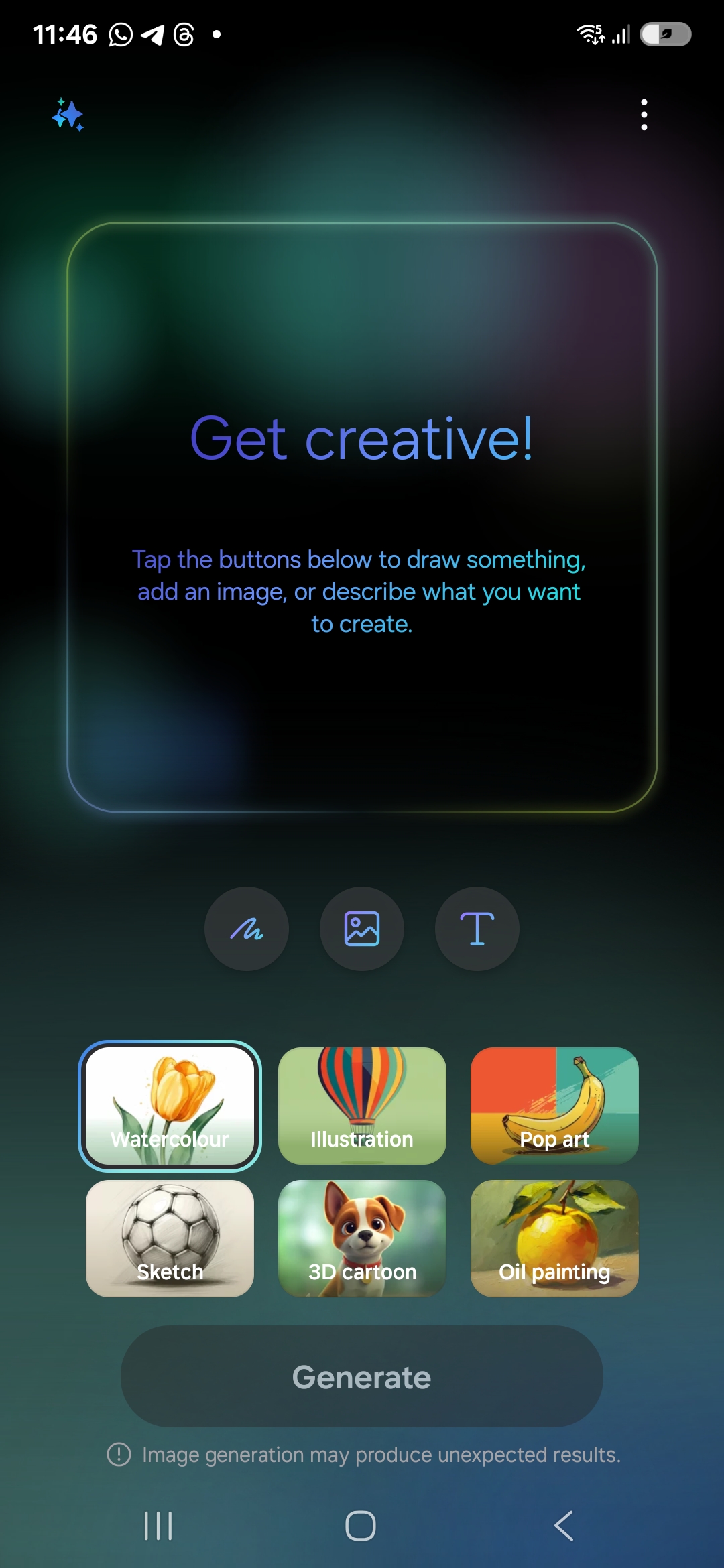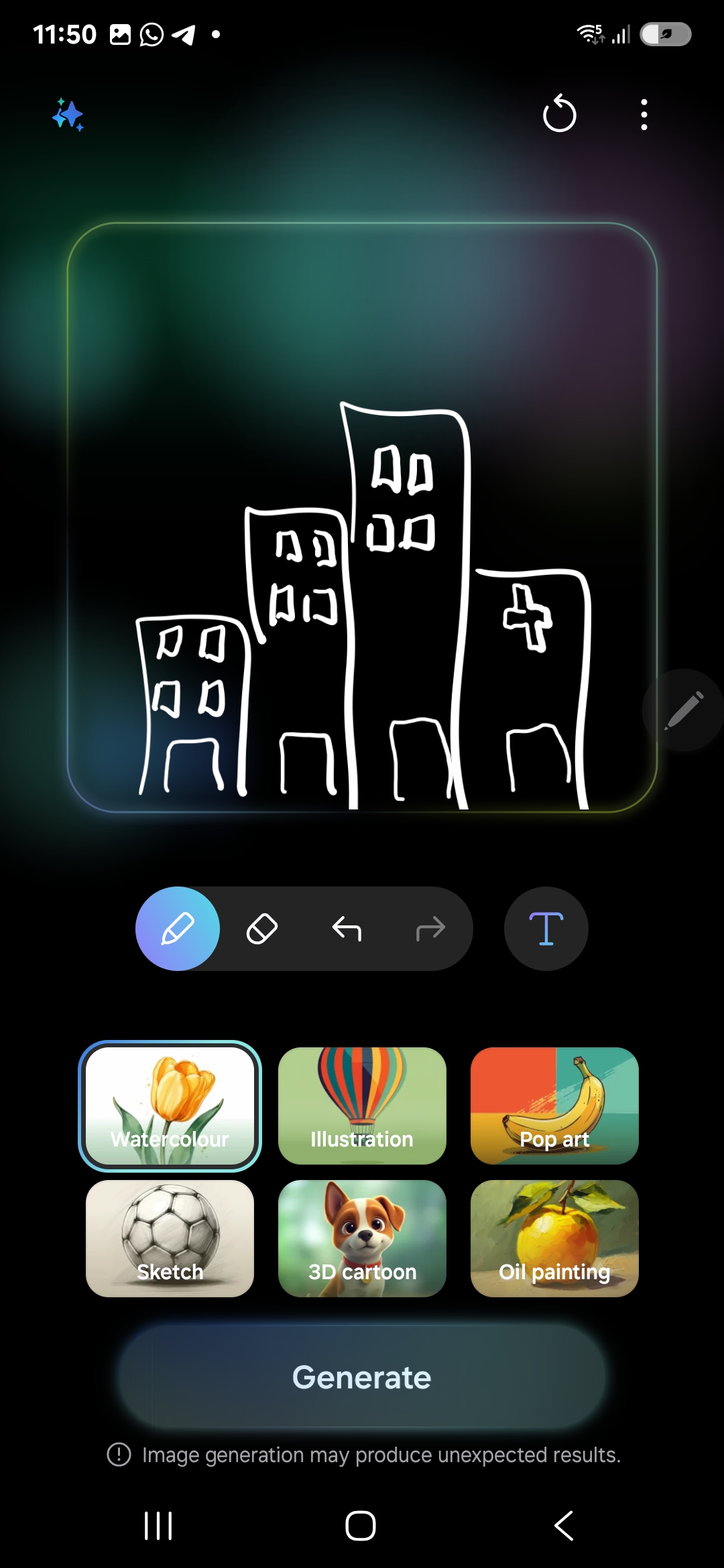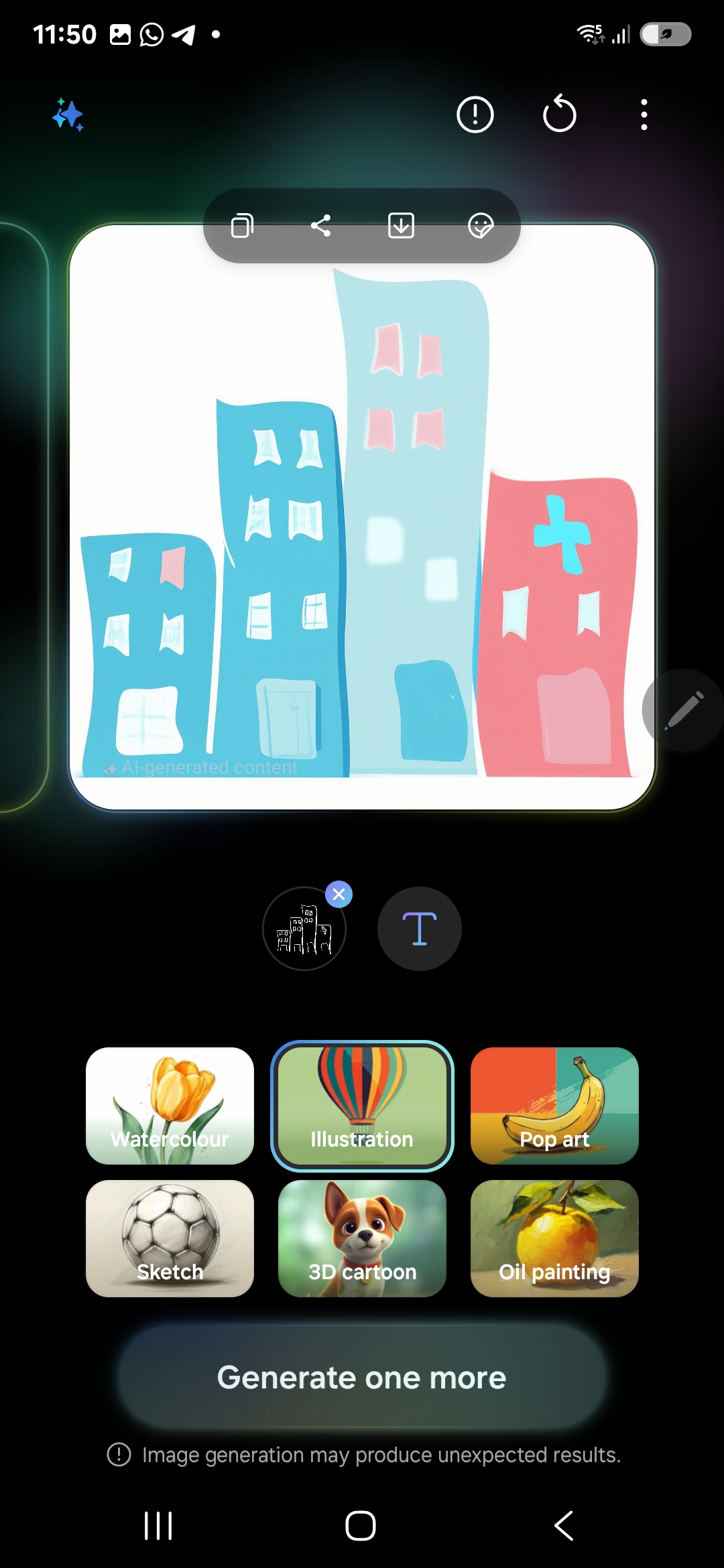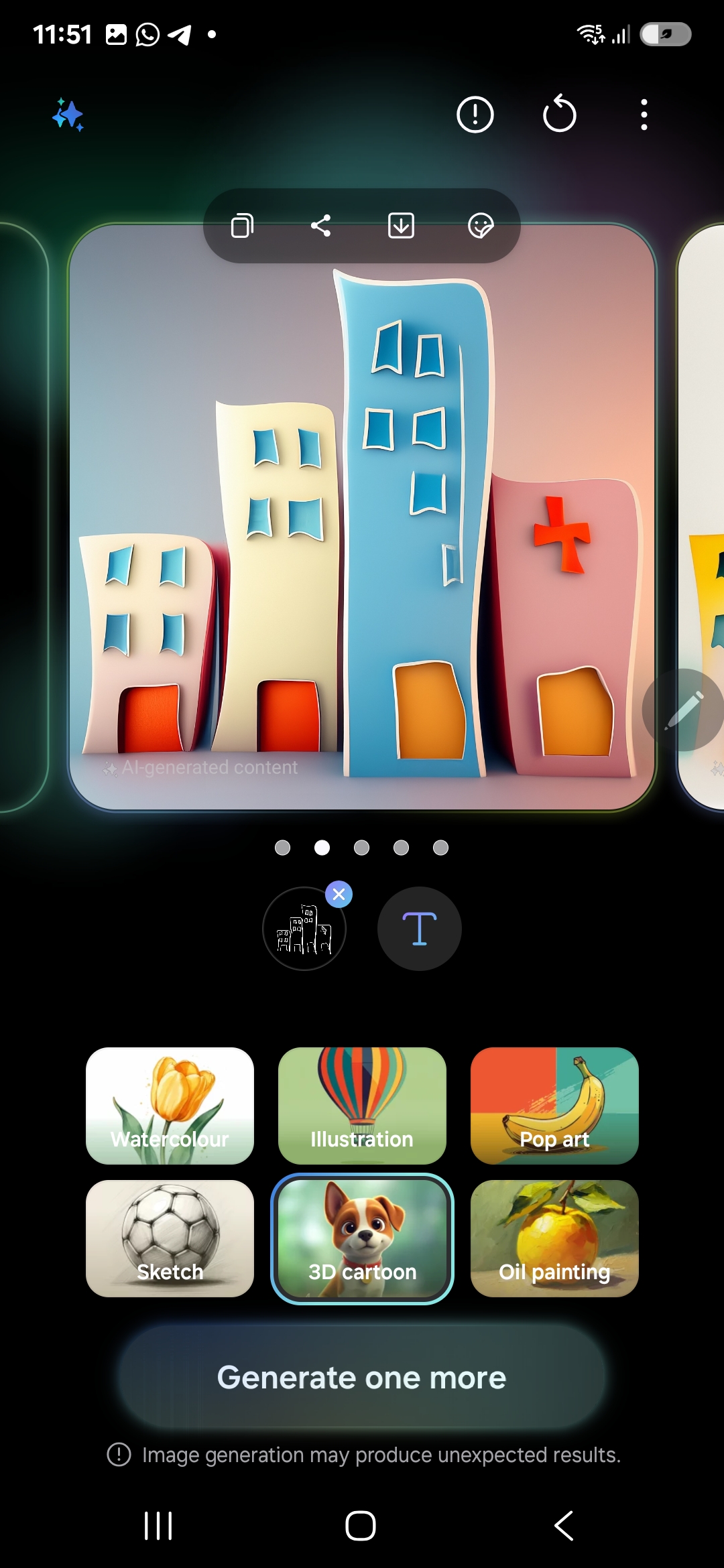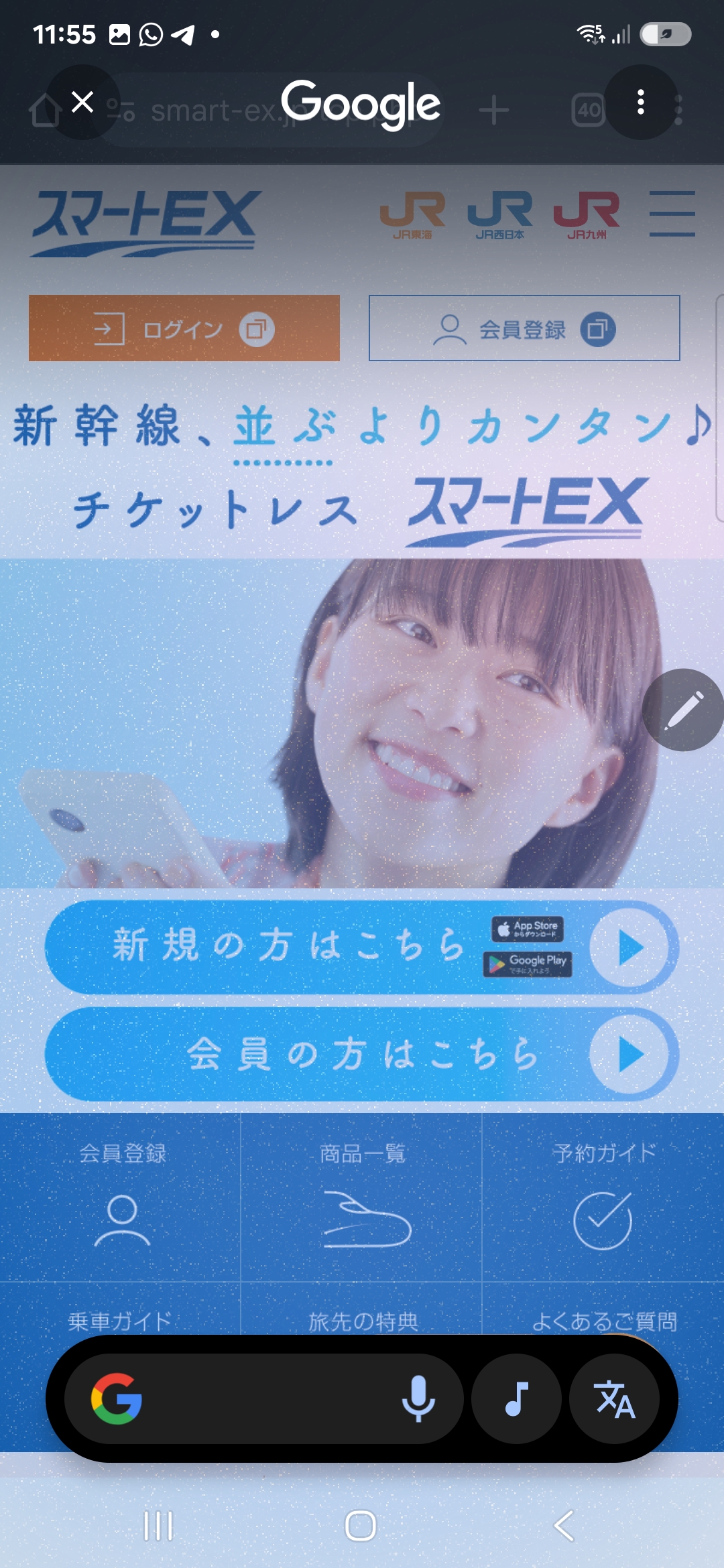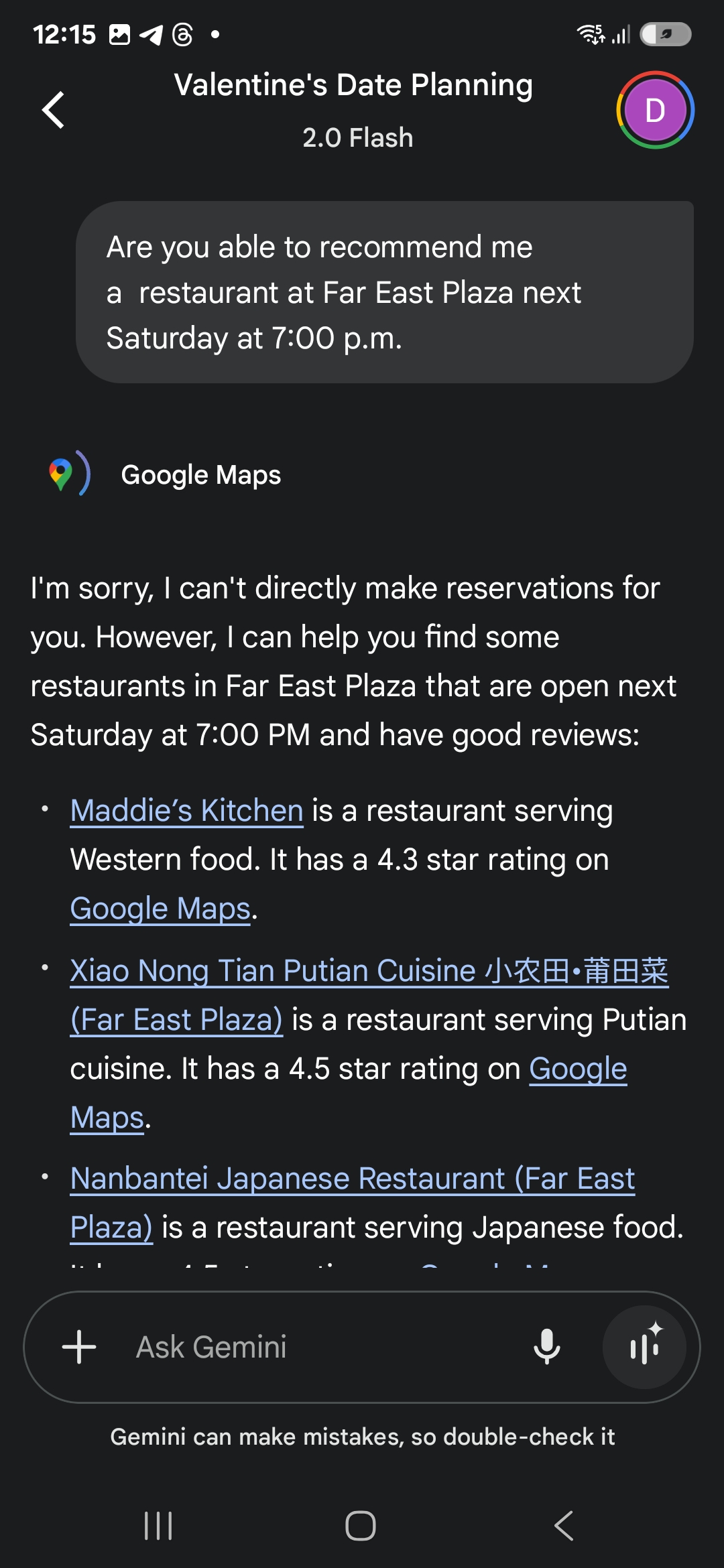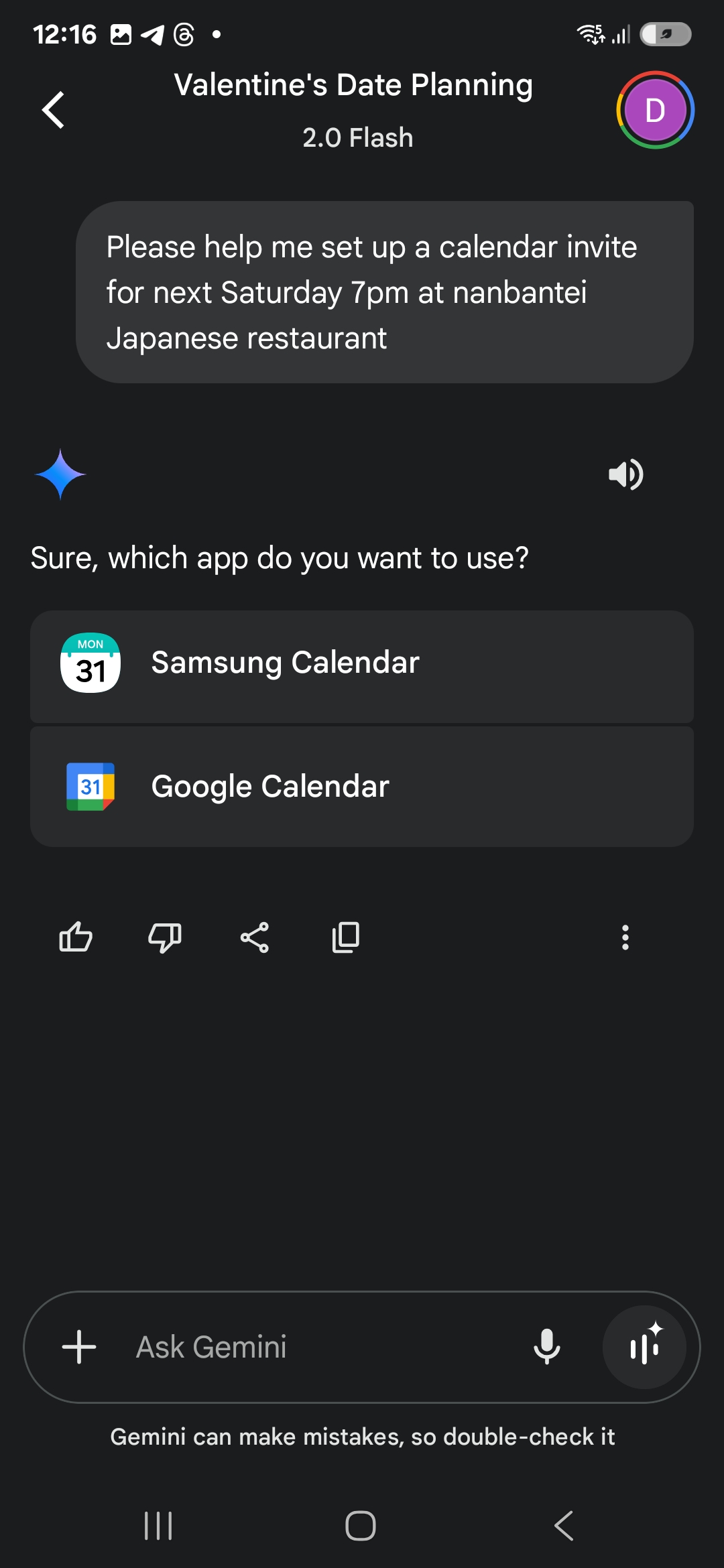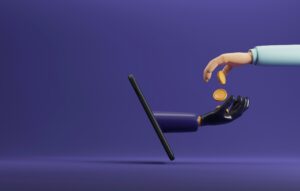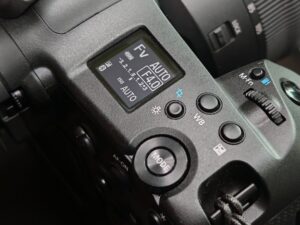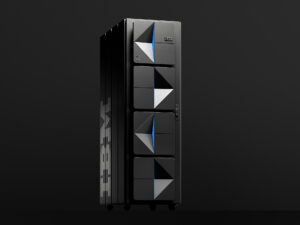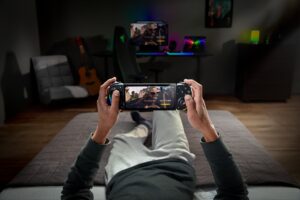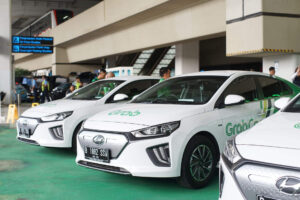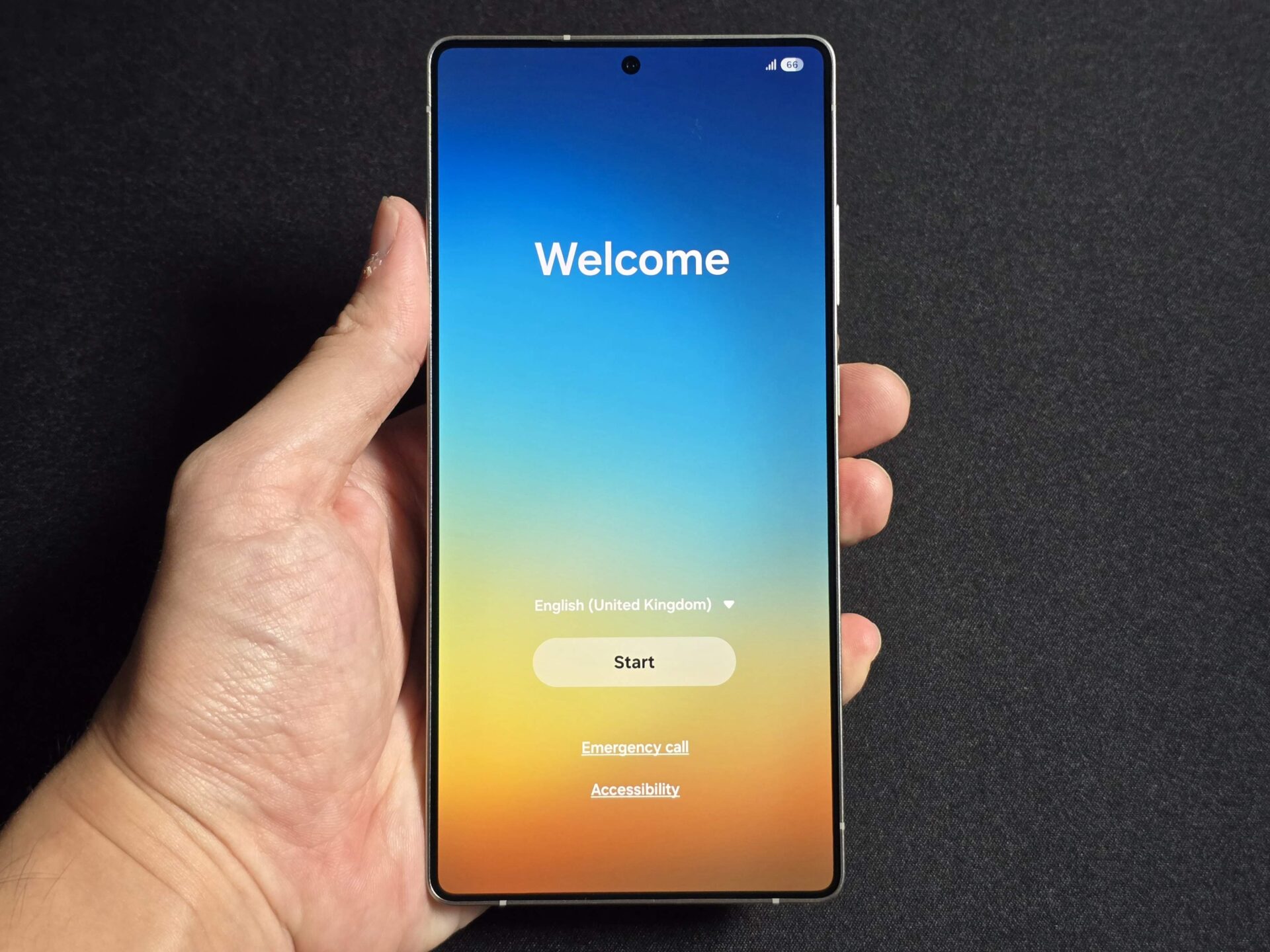
Early into the new year and like clockwork, Samsung has hit the market with its latest trio of Galaxy S flagship phones. So, what does the top-of-line among the new batch – the Galaxy S25 Ultra – bring?
For starters, its ultrawide camera gets a refresh, together with a more streamlined design featuring flat sides and rounded corners that promise a better hand feel. Screen size has grown a whisker to 6.9 inches, yet Samsung has reduced the weight of the Galaxy S25 Ultra by a noticeable 15 grams from its predecessor.
Beyond that, save new software and further AI smarts, the S$1,828 (256GB version) Galaxy S25 Ultra is not ultra different from the Galaxy S24 Ultra, though it is S$100 cheaper than the earlier model at launch.
Design
The Galaxy S Ultra’s design language has seen mere evolution for a while and the Galaxy S25 Ultra is no exception. It has retained the matt metal finish and sides, but gone the opposite of Galaxy S24 Ultra with straight sides and rounded corners.
Crucially, the hand feel is a big step up. Whereas the Galaxy S24 Ultra felt more secure in hand than the Galaxy S23 Ultra, the Galaxy S25 Ultra feels comfortable to hold at the same time. The straight corners are even better for grip.
Some would say sharp corners defined the Galaxy Note origins of the Ultra line and differentiated it from its fellow Galaxy S siblings, but I much prefer a device that does not eat into my palms. The rounded corners are so, so helpful in preventing this.
I also like the matt silver-gold middle frame on my Titanium Black unit (the colour option with a black middle frame is called Titanium JetBlack). It adds contrast without losing class, and is less likely to catch stains from prolonged placement in a case.
Screen
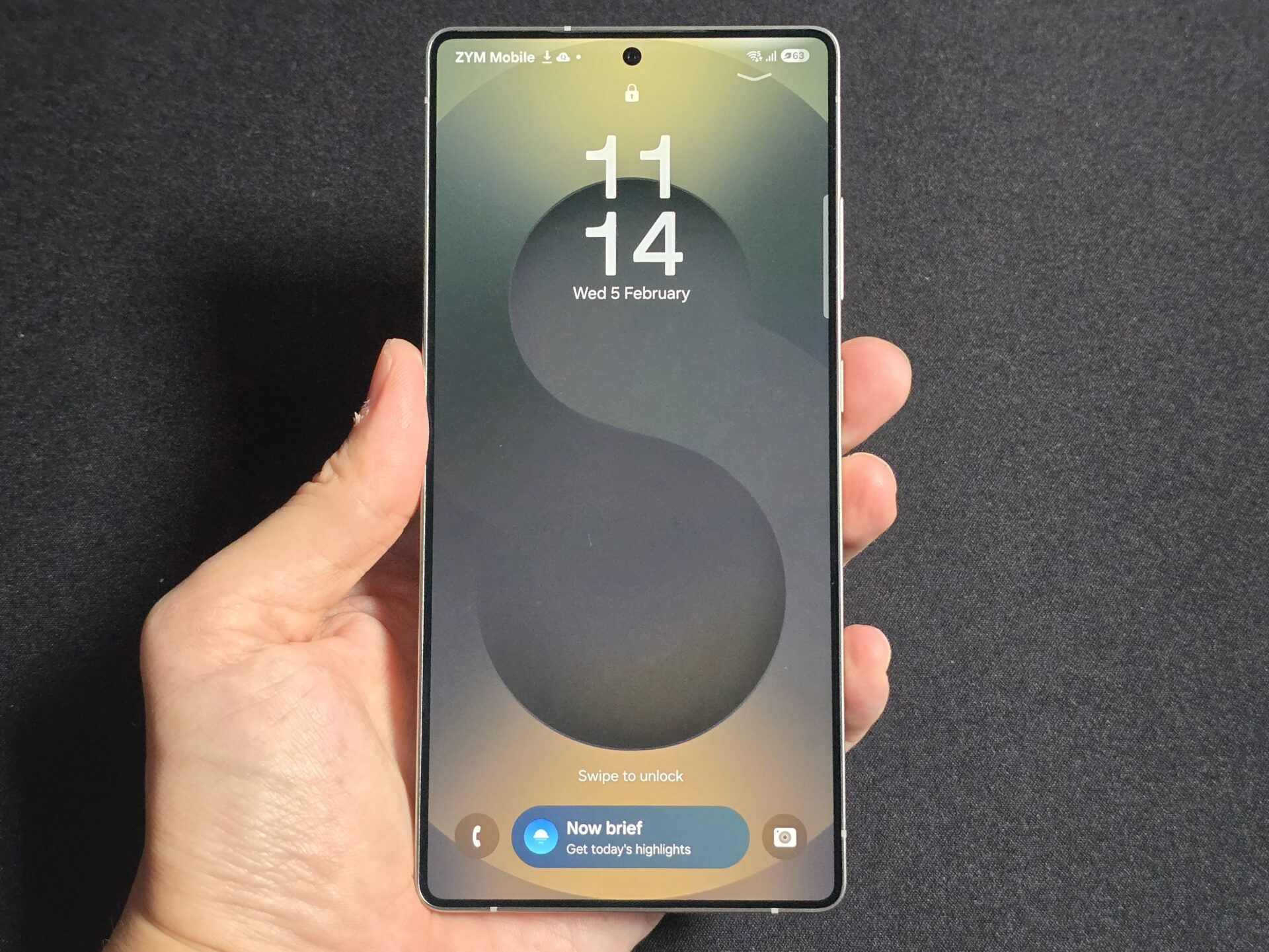
The Galaxy S25 Ultra packs a 6.9-inch Quad HD OLED display with 120Hz refresh rate. The aspect ratio is a relatively wide 19.5:9 with 1,440 x 3,120 pixels.
The display glass is a flat slab, protected with Corning’s latest Gorilla Glass Armor 2. Its anti-reflective layer is great for use under direct sunlight.
Flat screens are great for tempered glass screen protectors. Unfortunately, the latter can interfere with the ultrasonic, under-display fingerprint reader.
I always wonder why manufacturers do not want to put the fingerprint readers of their princelier devices on the power button – It gets the job done and is less costly.
The display hit 640 nits after I manually adjusted the brightness slider to the maximum. It reached nearly 1,200 nits with Extra Brightness activated, and nearly 2,000 nits when I brought the device under the sun with Adaptive Brightness.
I did not hit the claimed peak brightness, but the Extra Brightness level was higher than before so there is less need to turn on adaptive brightness when using the phone outdoors.
Strangely, my unit does not have very good dynamic refresh rates. It basically dropped to 1Hz when there was no interaction with the display, but ran at 120Hz when I did. I hope this is just a bug that can be resolved in an update.
Performance
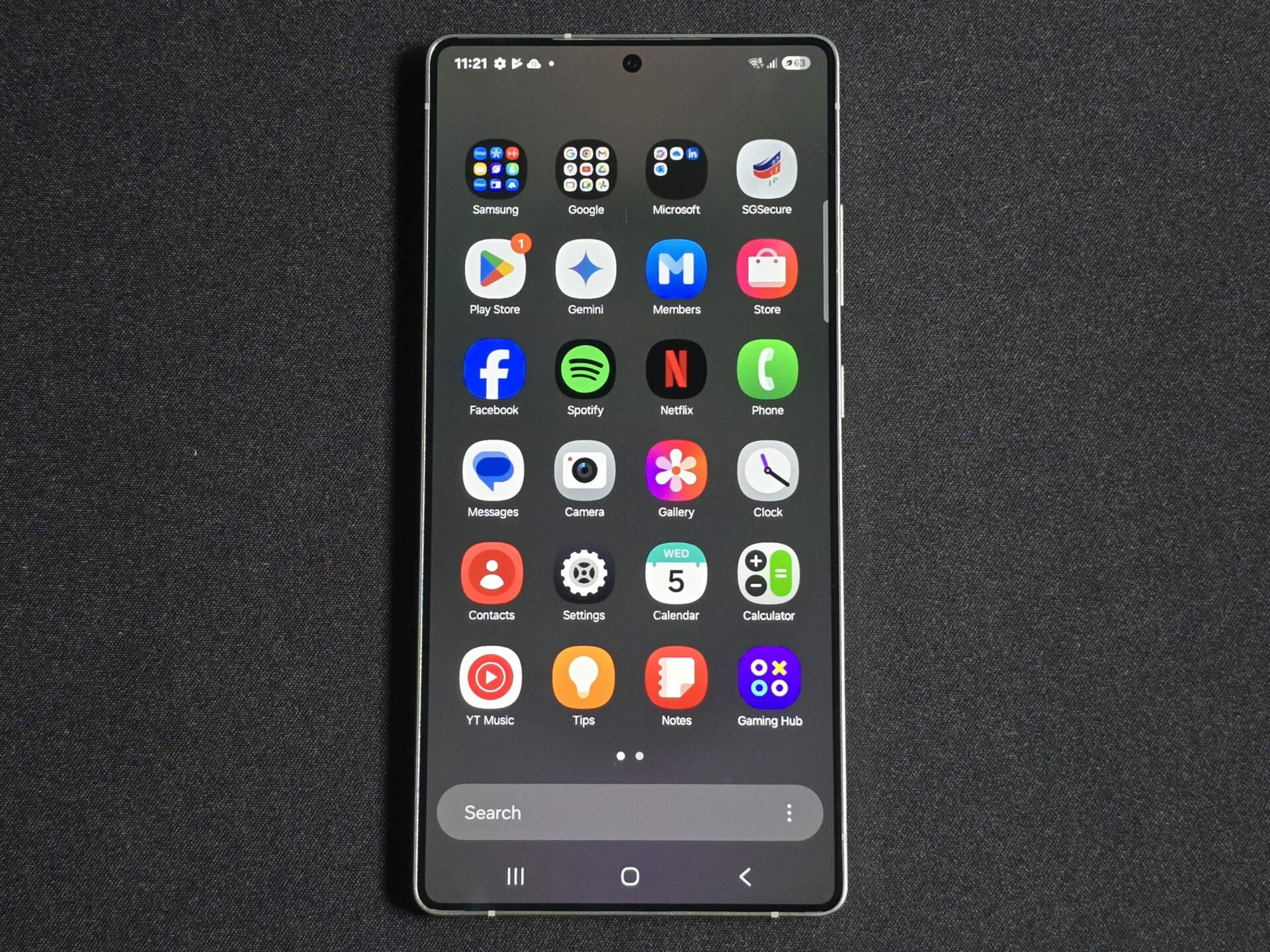
The Galaxy S25 Ultra uses the latest Qualcomm Snapdragon 8 Elite processor, with a top-of-bin “For Galaxy” part able to handle higher clock speeds. This is paired with an Adreno 830 graphics core. The generational improvements on the processor brings it from a respectful laggard to finally challenge the Apple A18 Pro silicon.
I used PCMark 10 for Android’s Work 3.0 Professional to simulate day-to-day performance workloads like browsing the Web, editing photos and videos, and writing and manipulating data. The score averaged 19,500, a roughly 20 per cent step up from earlier Snapdragon 8 Gen 3 devices.
In games, the raw power of the processor and graphics core pair is on full display. I fired up Asphalt Legends Unite and was impressed. Cutscenes were smooth, resolution was crisp and the game really responsive.
The anti-aliasing was on point as well, with the least amount of visible jaggies I have seen on devices that I have tested. In-game shadows and reflections were handled with aplomb and not sacrificed, too.
With 3DMark for Android (Wild Life Extreme), which tests a device’s handling of commonly-used game rendering engines, the new Samsung phone also came in screaming with a score of 5,800. Framerates ranged from 36 to 50 frames per second (fps), with the heavier final few scenes averaging 30 fps.
Artificial intelligence
The AI efforts on the Galaxy S25 Ultra build upon useful tools like Interpreter, Generative Edit, and Circle to Search launched last year. These made their return.
Interpreter remains a great travel tool that works very naturally. It would have worked even better if I am allowed to edit the spoken words incorrectly picked up.
Meanwhile, Circle to Search has got better. The popup that appears after long holding the home button now grants direct access to Google’s translate and media identification functions.
Since I am trying to learn Japanese characters, I have used translate many times and it works great, every time. With media identification, AI analysis is going beyond a static image to active content.
In contrast, translation through AI Select (accessed from the Air Command menu – pulled out with a swipe from the right edge of the phone) uses Samsung’s own translation engine, which is not as good.
AI Select attempts to read contents on the screen and suggest how Samsung’s AI tools may help. Running this on Techgoondu’s homepage, for example, brought up suggestions for Drawing Assist and Generative Edit. Useful if you do not know what the AI tools available are. Not so much if you do, I feel.
The rest of the AI tools are a mixed bag. Drawing Assist soups up my line scribble of a few skyscrapers with windows well. It will help prepare an accompanying image for a presentation or article, if you have some artistic flair.
Cross App Action pulls data together from different sources and acts on them in one AI response. I gave this a spin on Gemini, the AI chatbot. It could pull listings of restaurants after interpreting Google Maps data, but was unable to use services like Chope to book a time. Perhaps I was expecting too much.
I’ve yet to mention Now Brief, which is the headline AI feature. It promises to consolidate weather, calendar, news and other updates for the day. Unfortunately, I could not make it share more than weather and calendar, though. Instructions to “learn more” about adding items to calendar were not helpful.
Features and battery
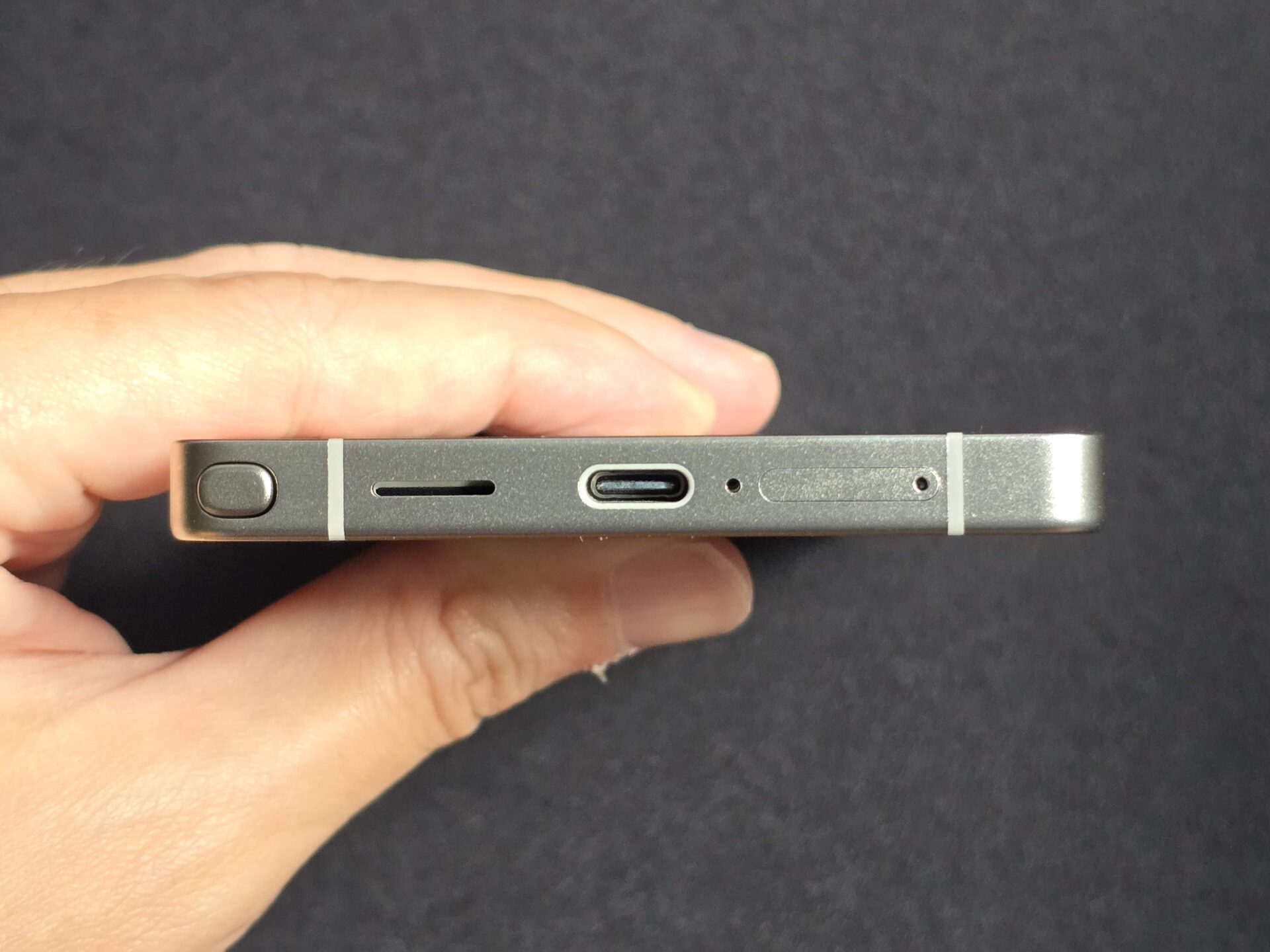
The summary for this section is “no surprises”. The SIM card tray holds two SIM cards (eSIM support is default), no microSD card, and needs to be ejected with a pin.
The bottom speakers share the lower rail with the SIM card tray, instead of mirroring the top speaker built into the speakerphone sitting up top the device for calls.
The fingerprint sensor is built onto the lowest fifth of the display. The position is correct, but interestingly, feels just a teeny bit slower than before (I am nitpicking).
Battery life from the 5,000mAh lithium ion cell – the same capacity as Galaxy S24 Ultra – is comparable to past devices, which means very good but not exceedingly so. In my use, I thought the phone lasted a dash shorter.
Benchmarks reflect this. I calibrated the screen to 200 nits brightness and ran the PCMark 10 for Android’s Work 3.0 Battery Life test with Wi-Fi on. With adaptive (dynamic 120Hz) refresh rate turned on, the device lasted 14 hours 30 minutes, 20-plus minutes fewer than the Galaxy S24 Ultra.
Like all its earlier siblings, the Galaxy S25 Ultra remains “stuck” at 45W wired charging. Why, Samsung? The bundled cable (no charger in box here) is only good up to 25W too, you need to buy the higher speed charging cable separately.
Cameras
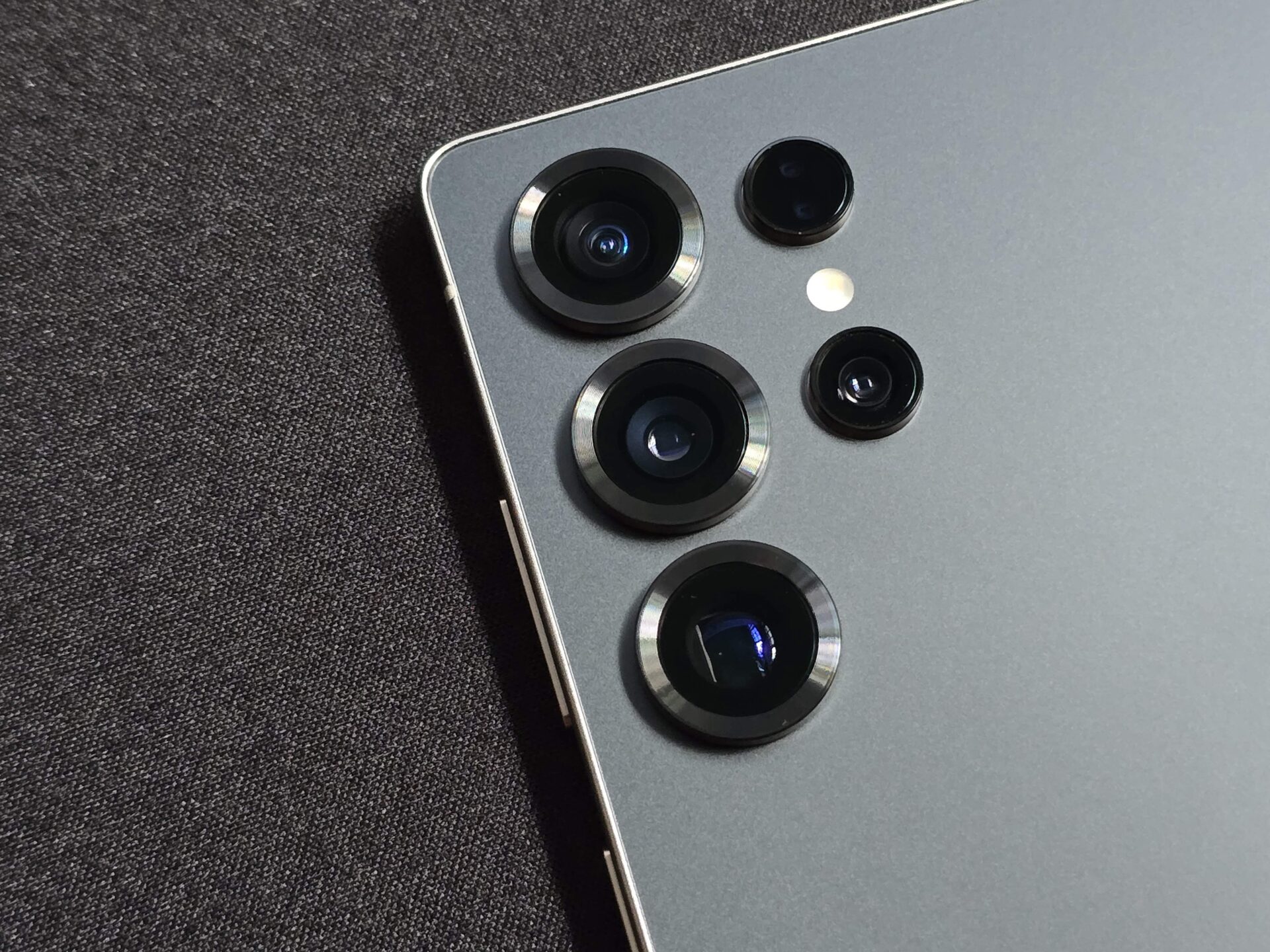
What about the quality of the photography? The Galaxy S25 Ultra has a new ultrawide shooter with a 50-megapixel sensor and a larger f/1.9 aperture, continuing the lens-by-lens upgrade of the camera system since the Galaxy S22 Ultra.
The rest of the imaging hardware may have remained unchanged, but improvements in the image signal processing algorithms by Qualcomm and Samsung have brought improvements in detail and light render in shots that I could pick up without side-by-side comparisons.
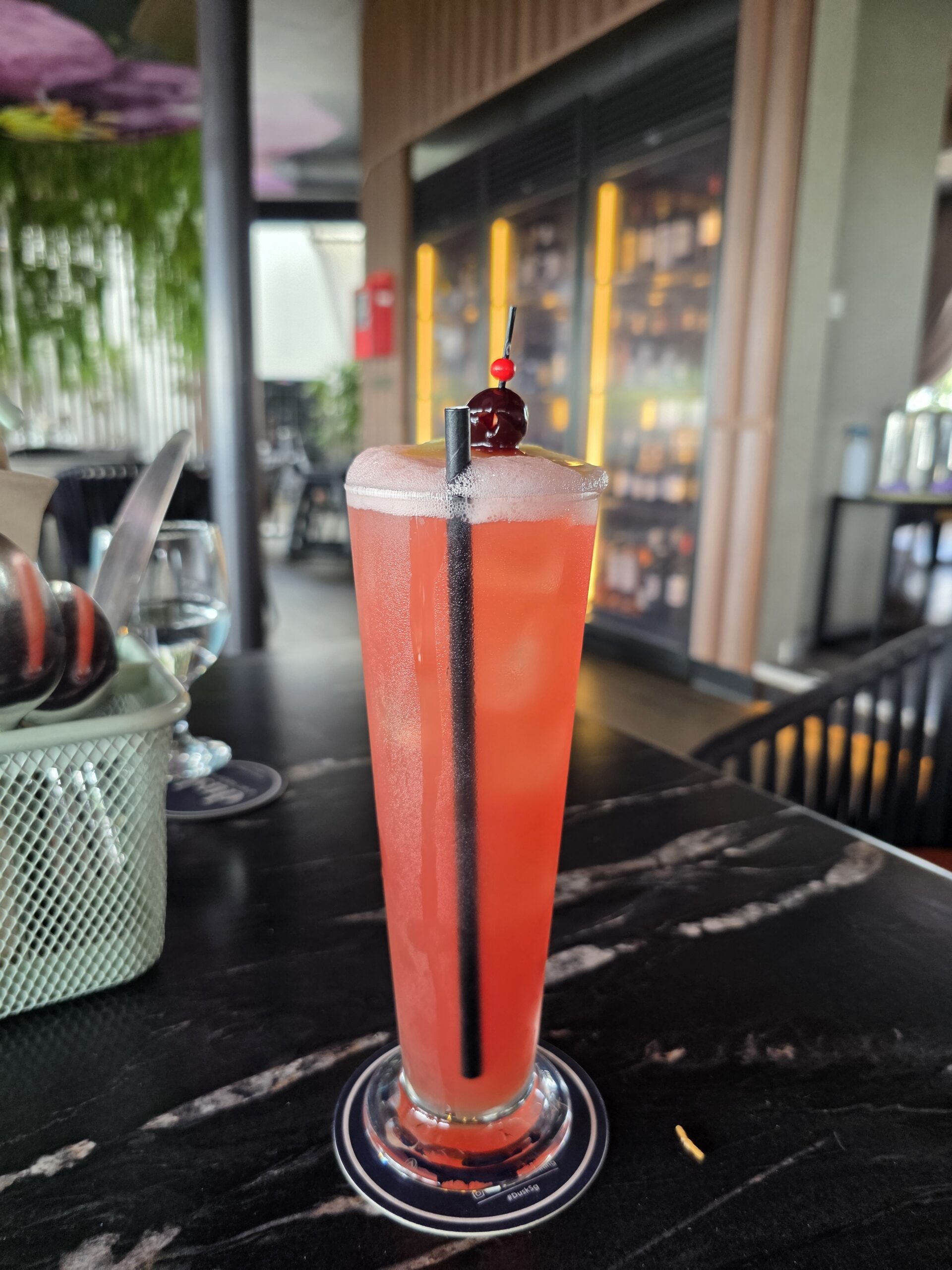
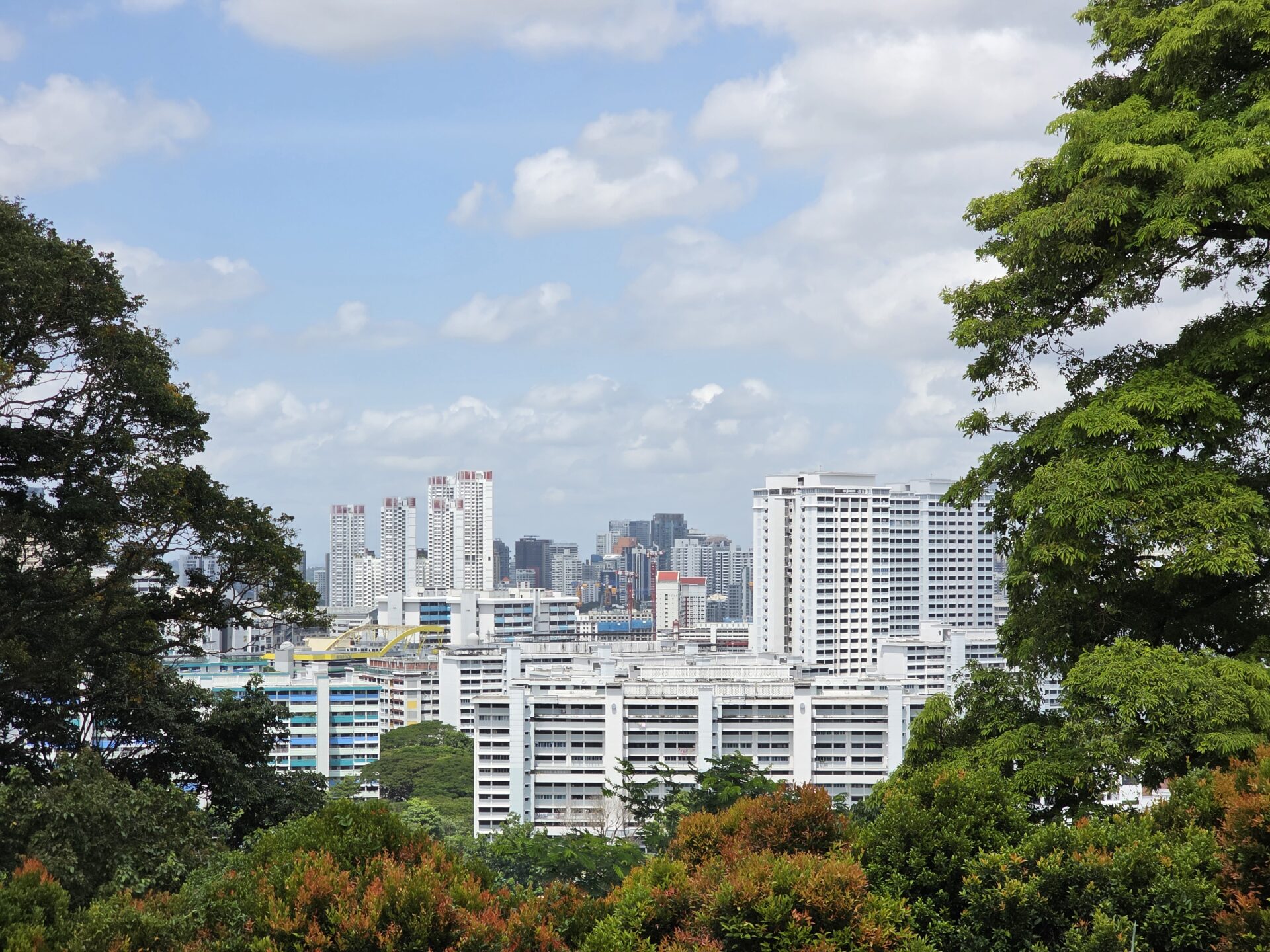
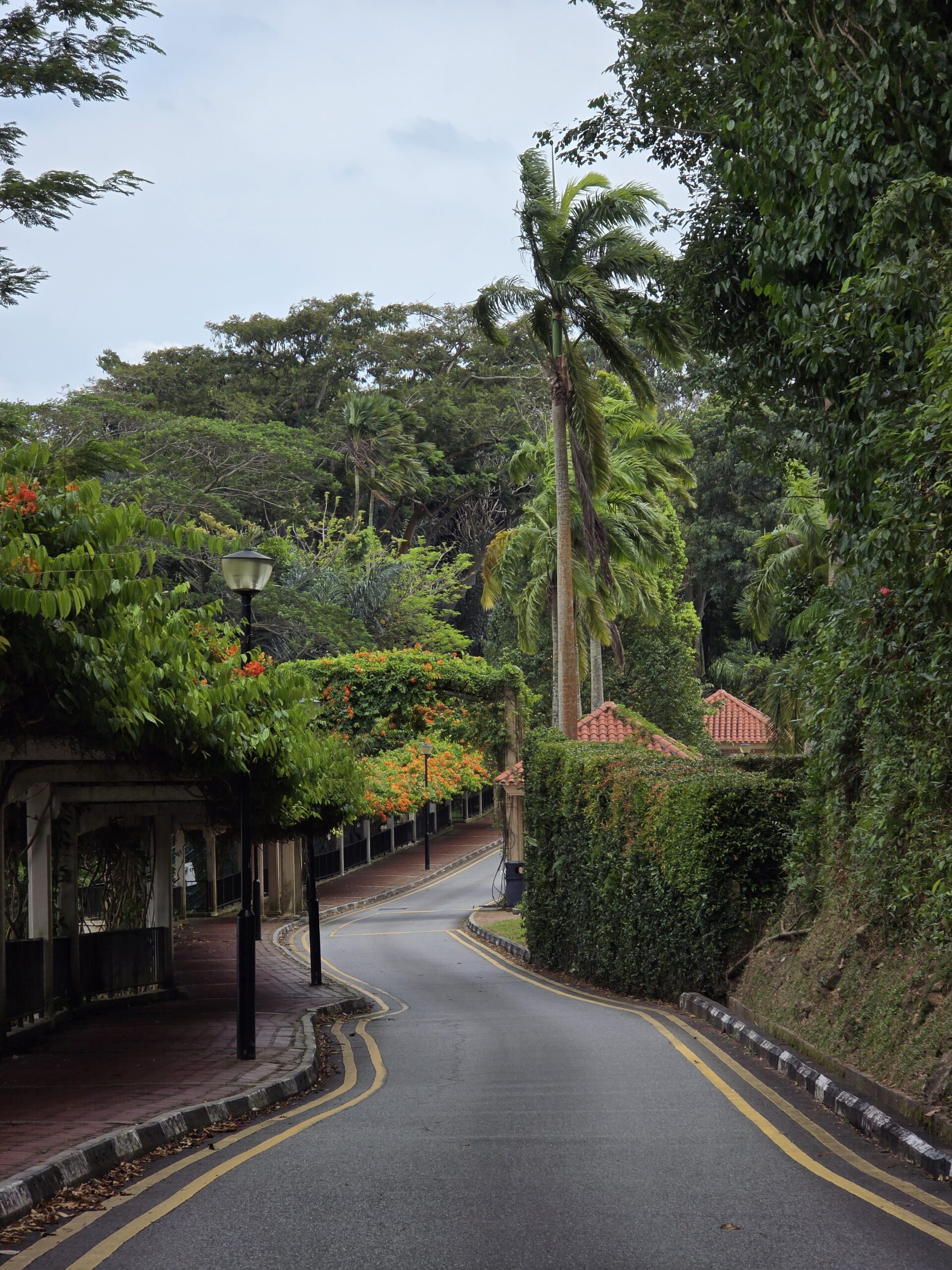
Personally, I quite like the refreshed image algorithm. Colours carry a certain muteness or pop depending on the nature of the shot, and not full-on dullness or saturation. Details like droplets, light reflections are also sharpened to stand out just that bit more.
Here are the imaging capabilities on the Galaxy S25 Ultra:
Wide: 200 MP, f/1.7, 24mm, 1/1.3″, 0.6µm, multi-directional PDAF, OIS
Telephoto: 10 MP, f/2.4, 67mm, 1/3.52″, 1.12µm, PDAF, OIS, 3x optical zoom
Periscope Telephoto: 50 MP, f/3.4, 111mm, 1/2.52″, 0.7µm, PDAF, OIS, 5x optical zoom
Ultrawide: 50 MP, f/1.9, 120˚, 0.7µm, dual pixel PDAF
Selfie: 12 MP, f/2.2, 26mm, Dual Pixel PDAF
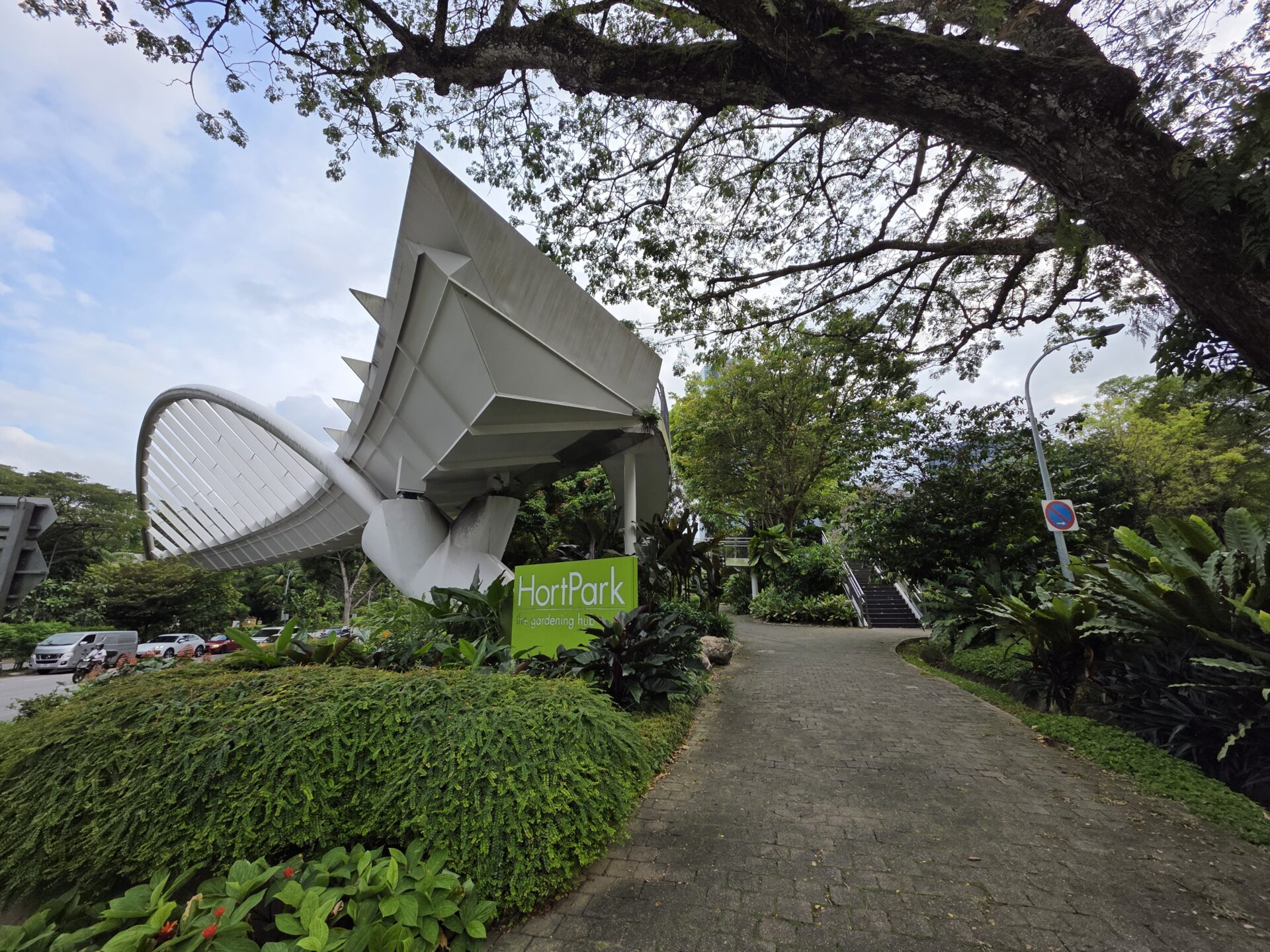
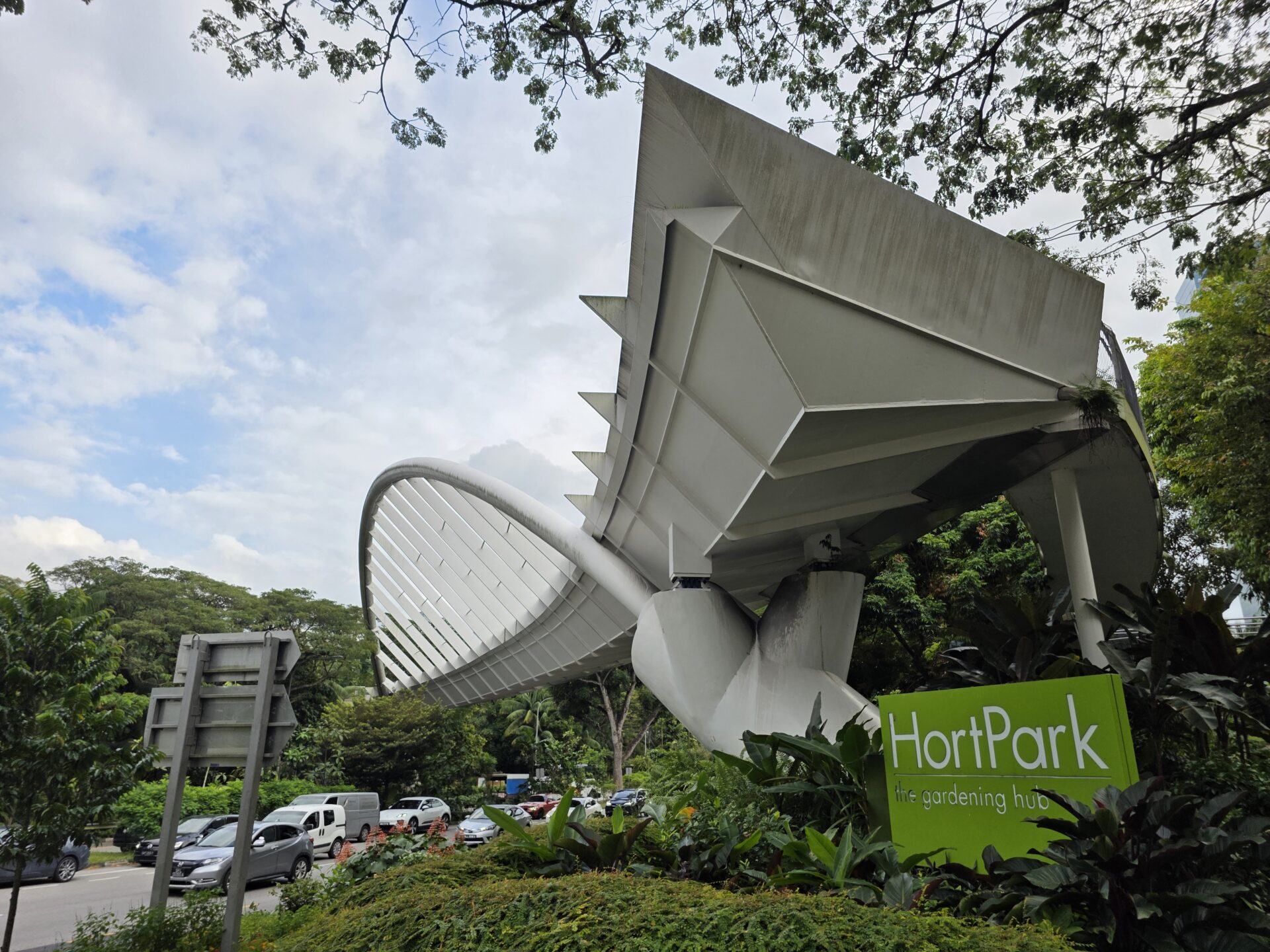
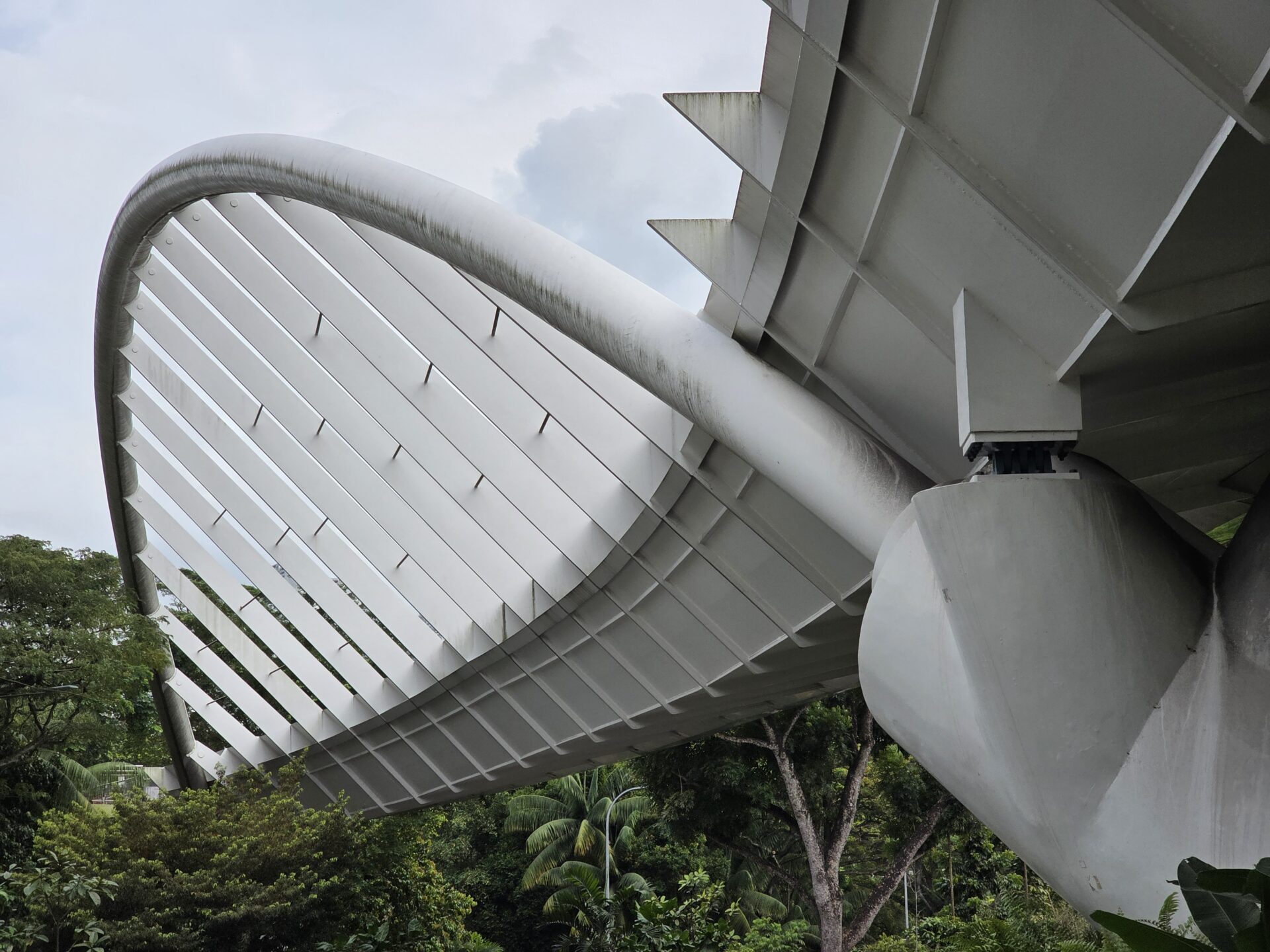
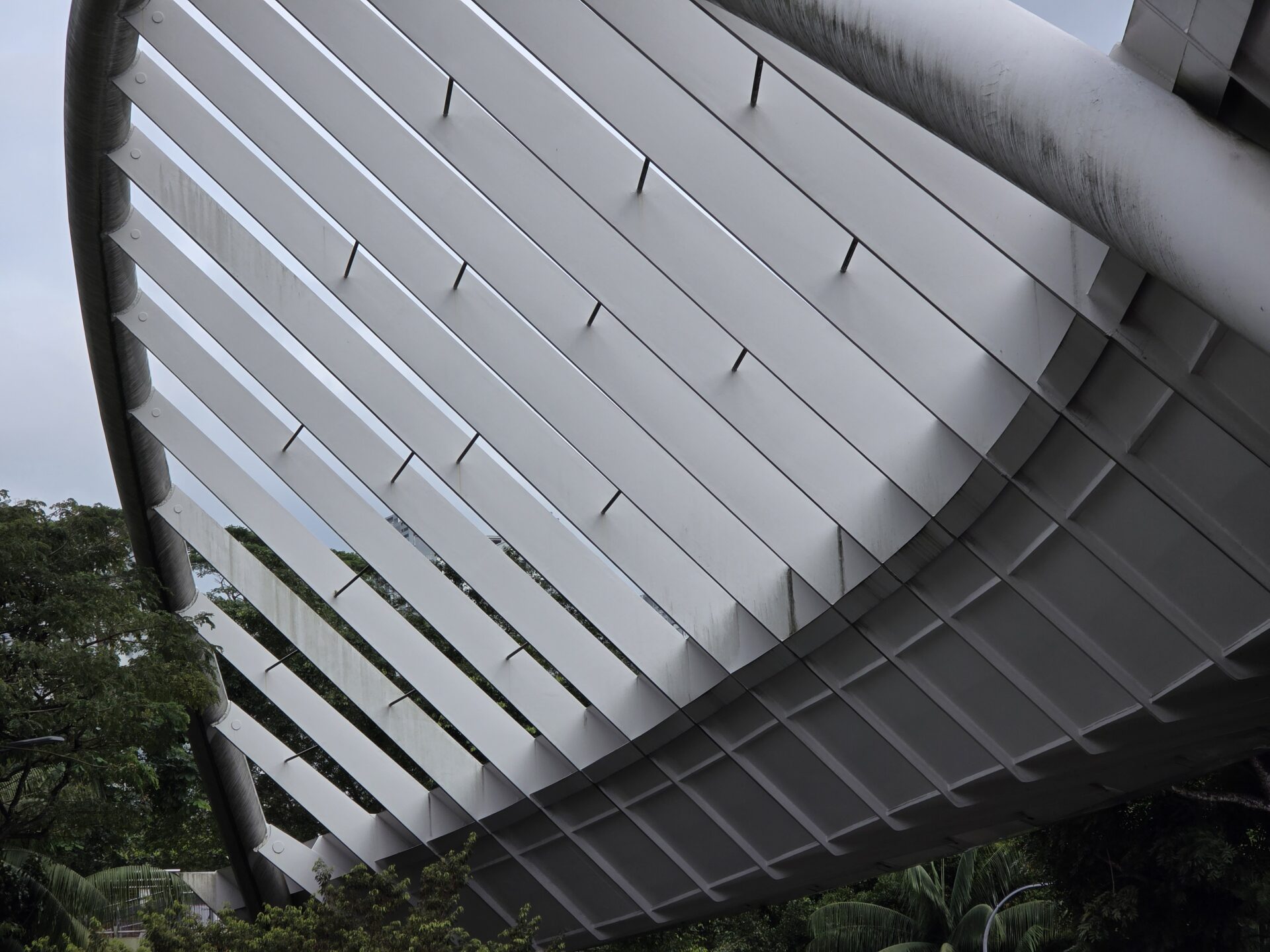
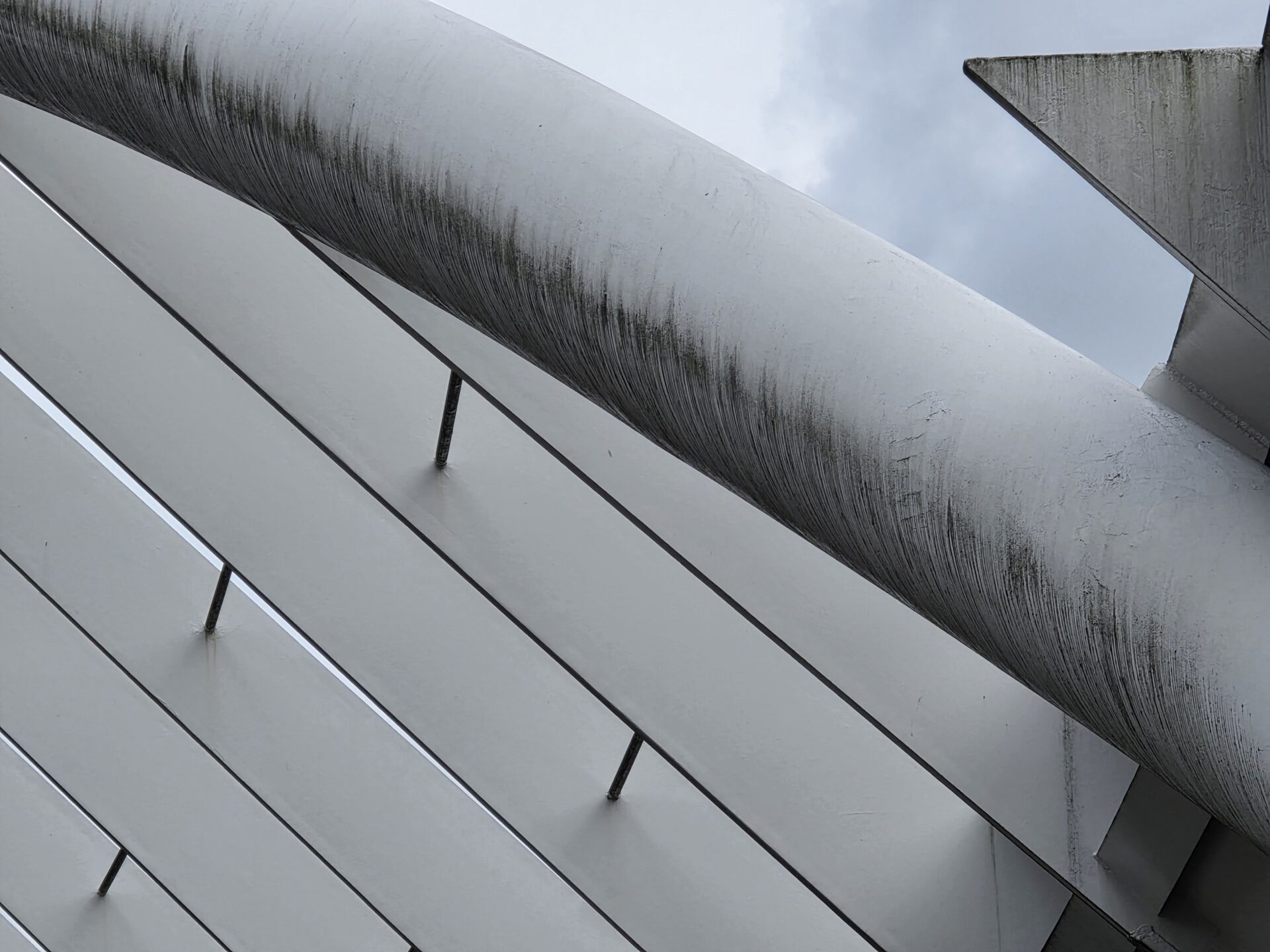
The improvements made to the ultrawide shooter are obvious. The skies are not washed out, and the shrubbery on the bottom left has good detail. There is some purple fringing on the thin tree canopy, but better than before.
This series of shots may feel dim due to the strong sunlight in the backdrop, but otherwise all have good resolved detail – like on the arch of the bridge and algae growing on its surface.
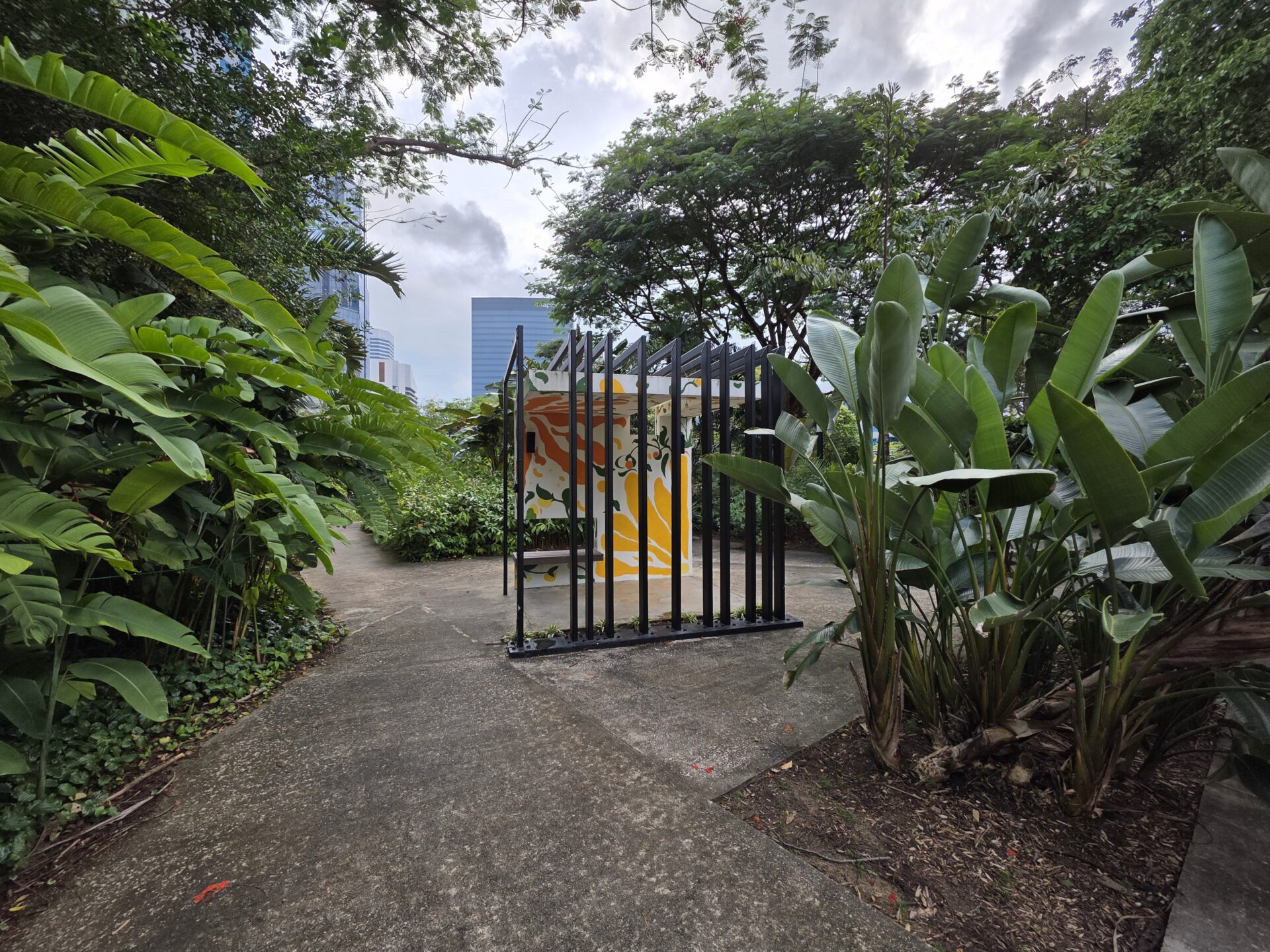
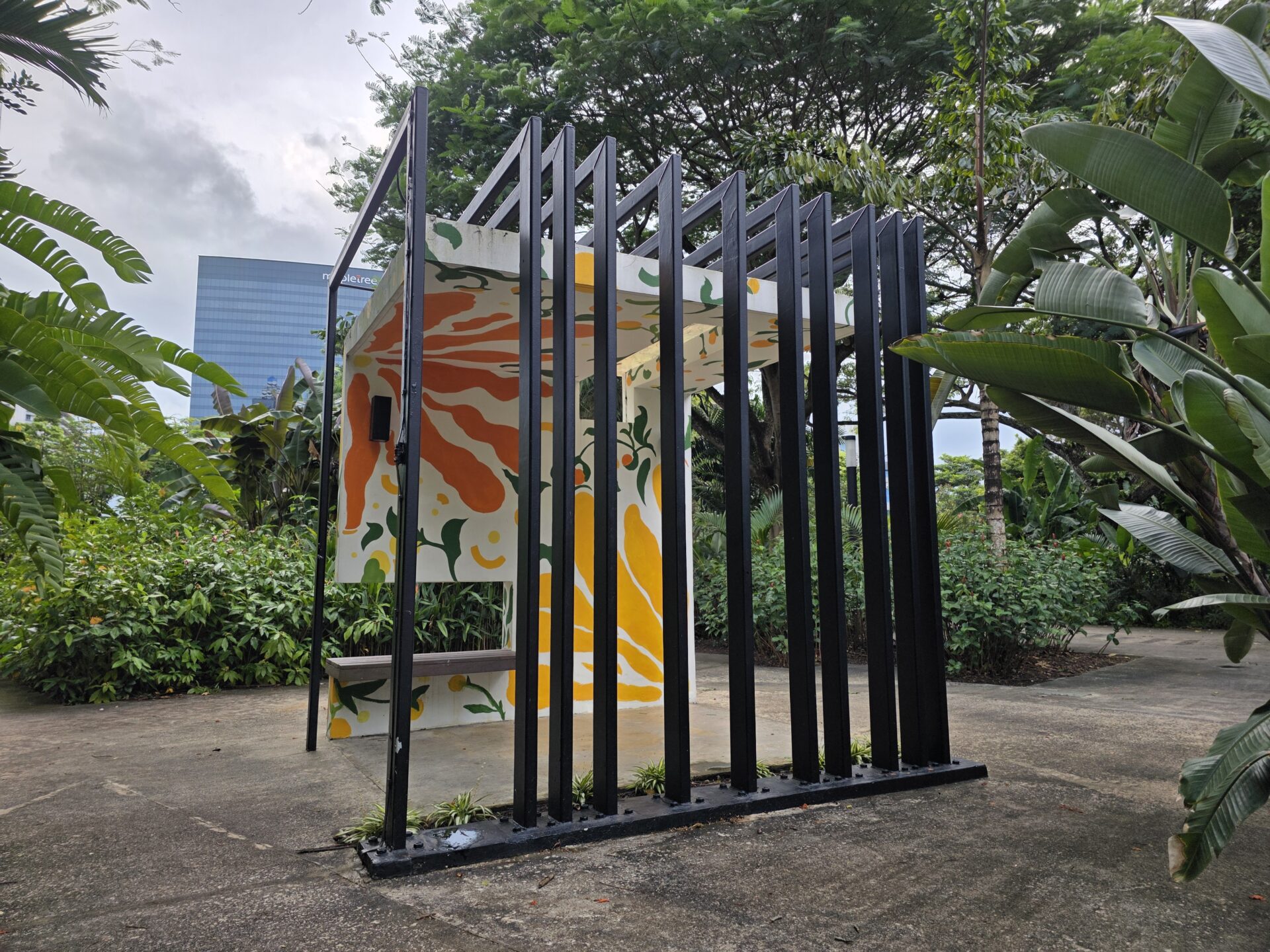
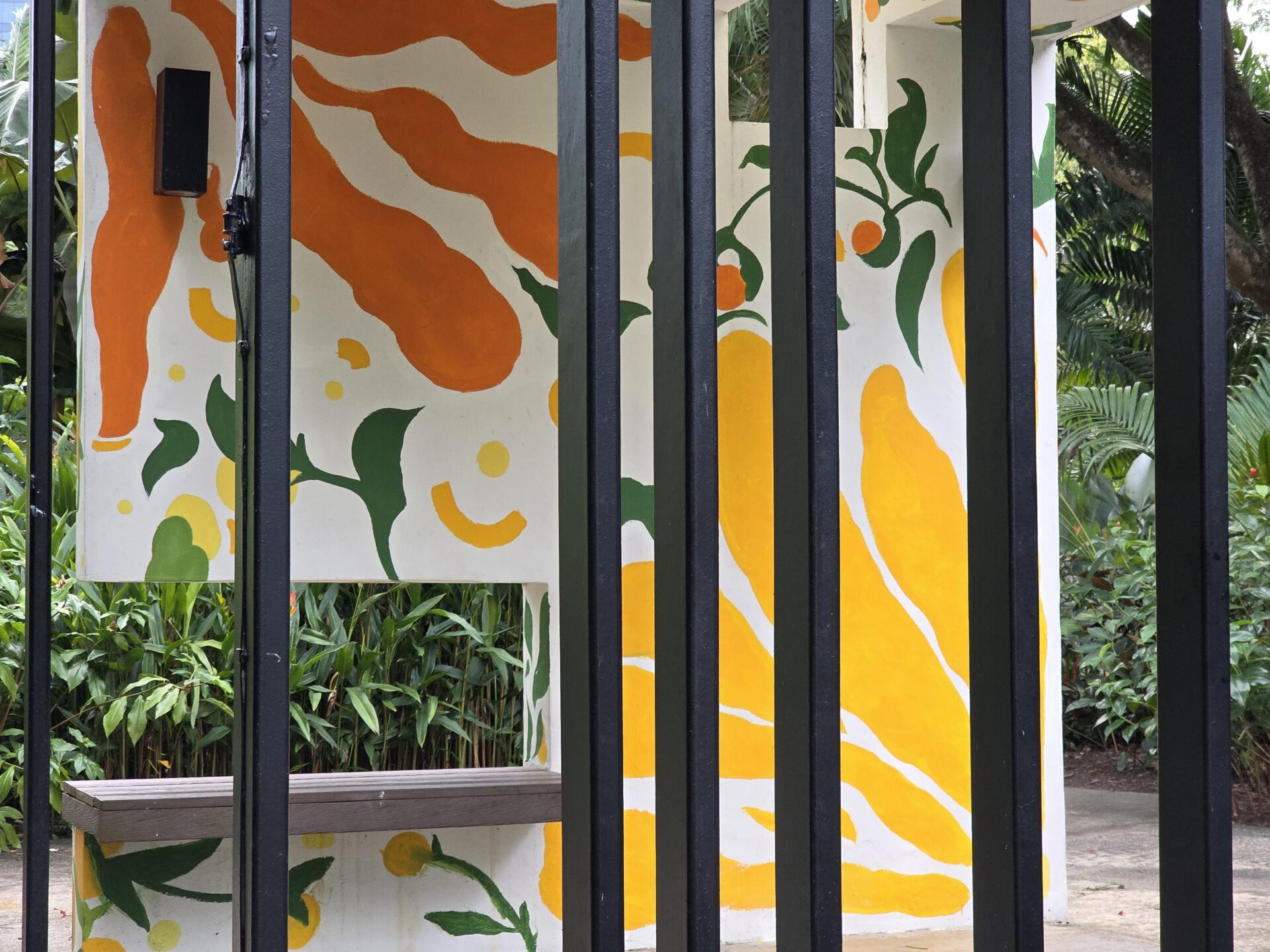
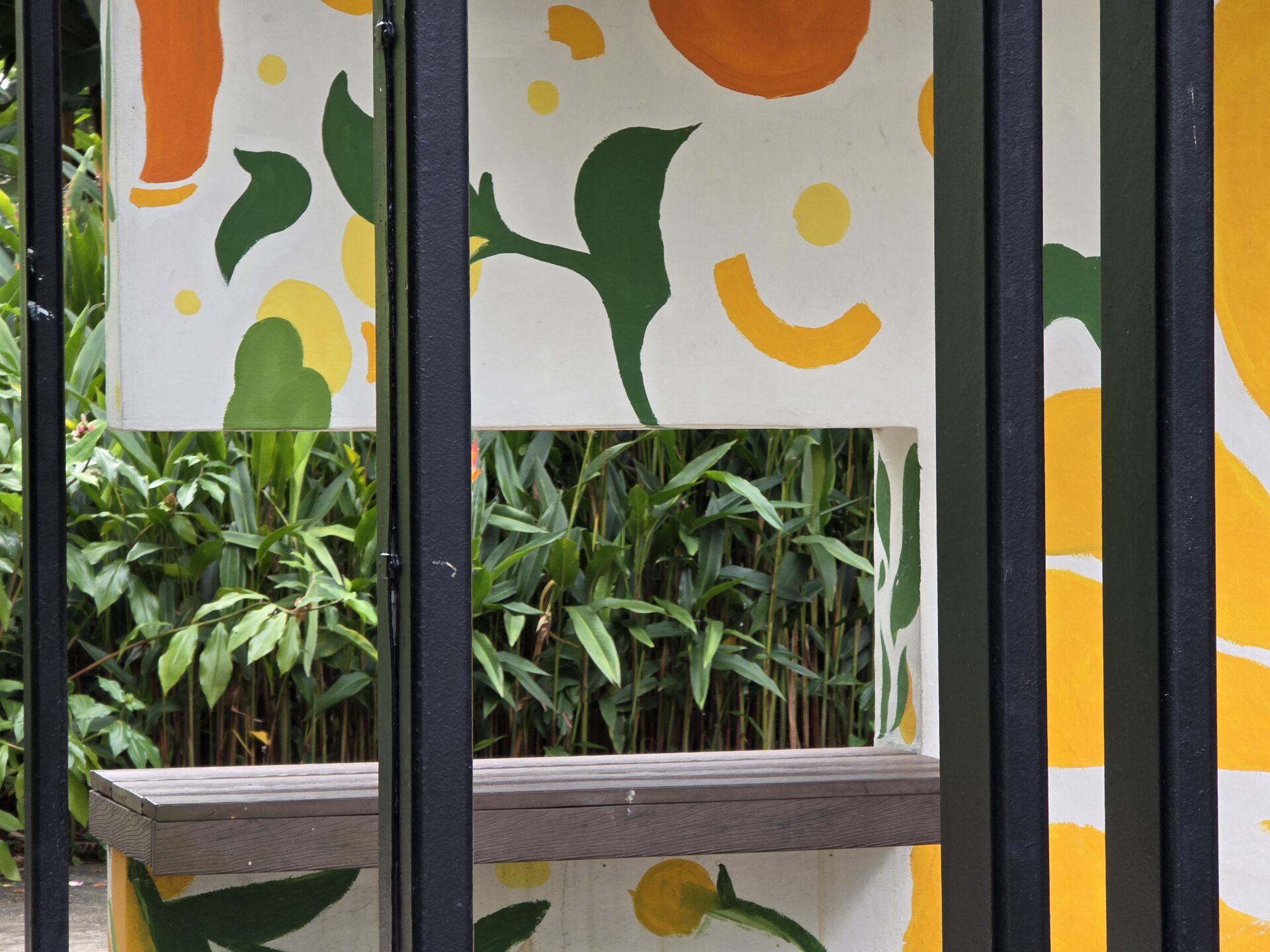
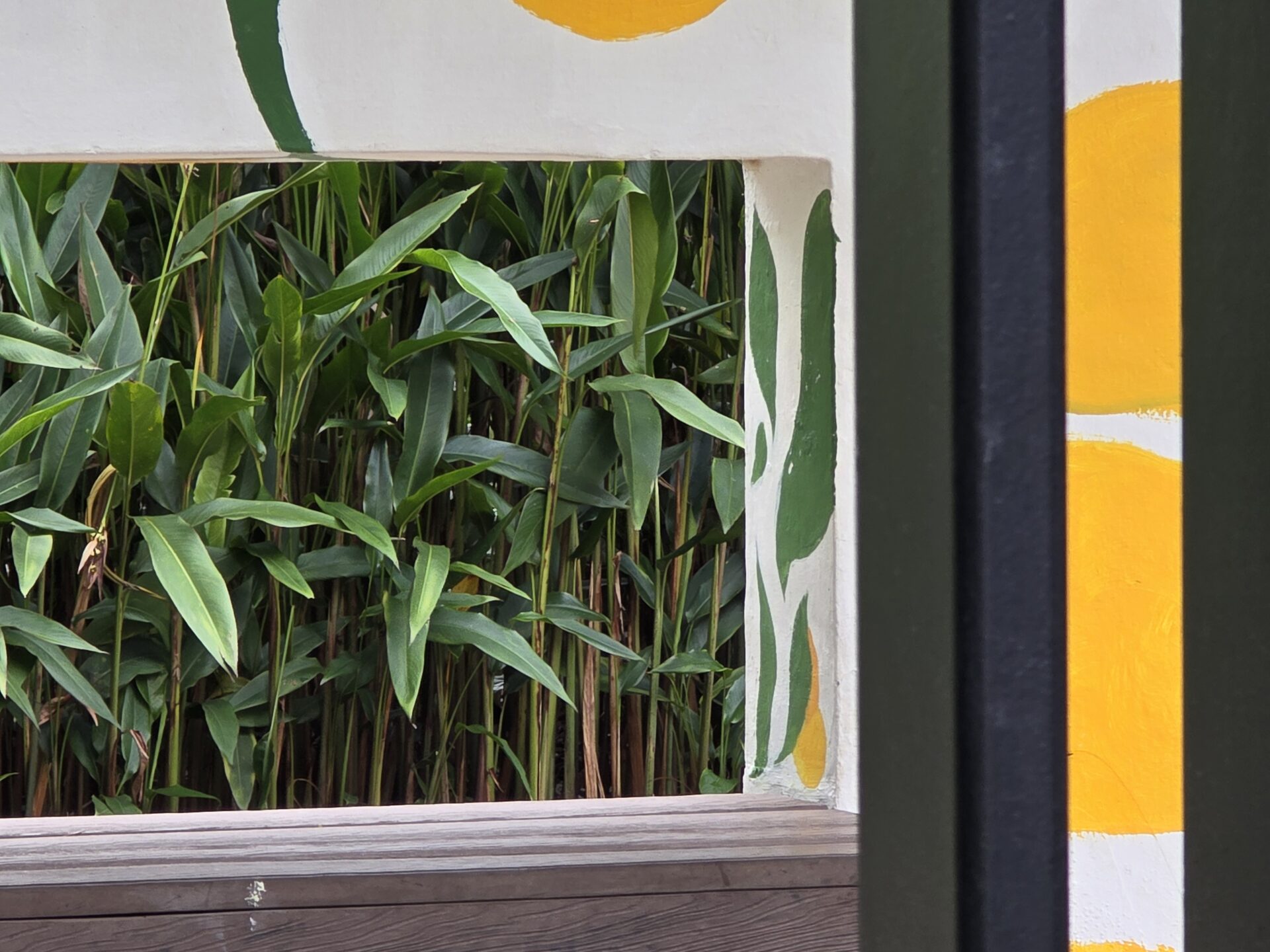
In this series of shots of a pavilion, the amount of detail and colour in the ultrawide shot is very similar to that captured by the wide camera. I thought that said a lot about the improvements made and the strength of the camera system as a whole. I also like “moody vibrance” colour tones.
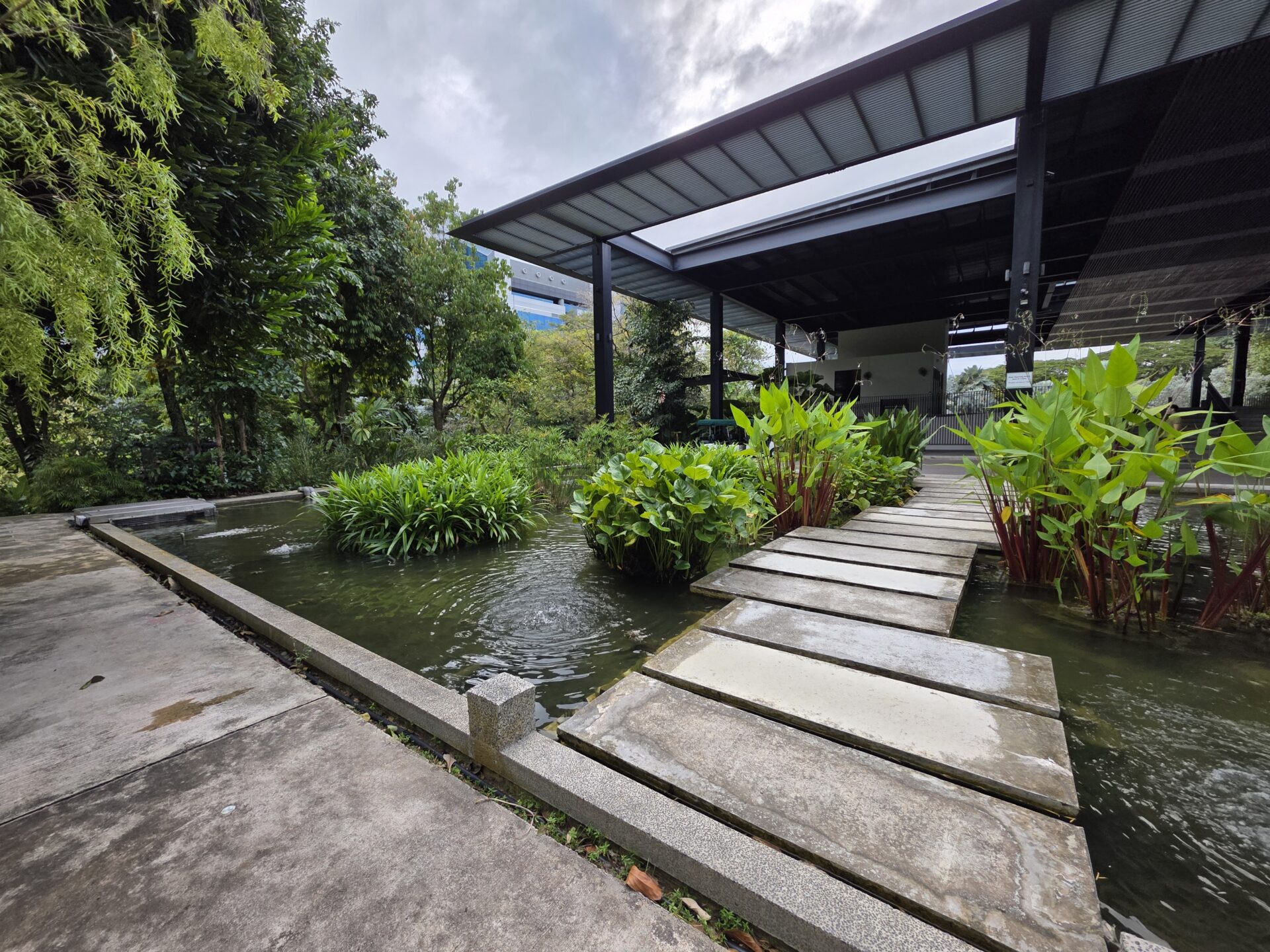
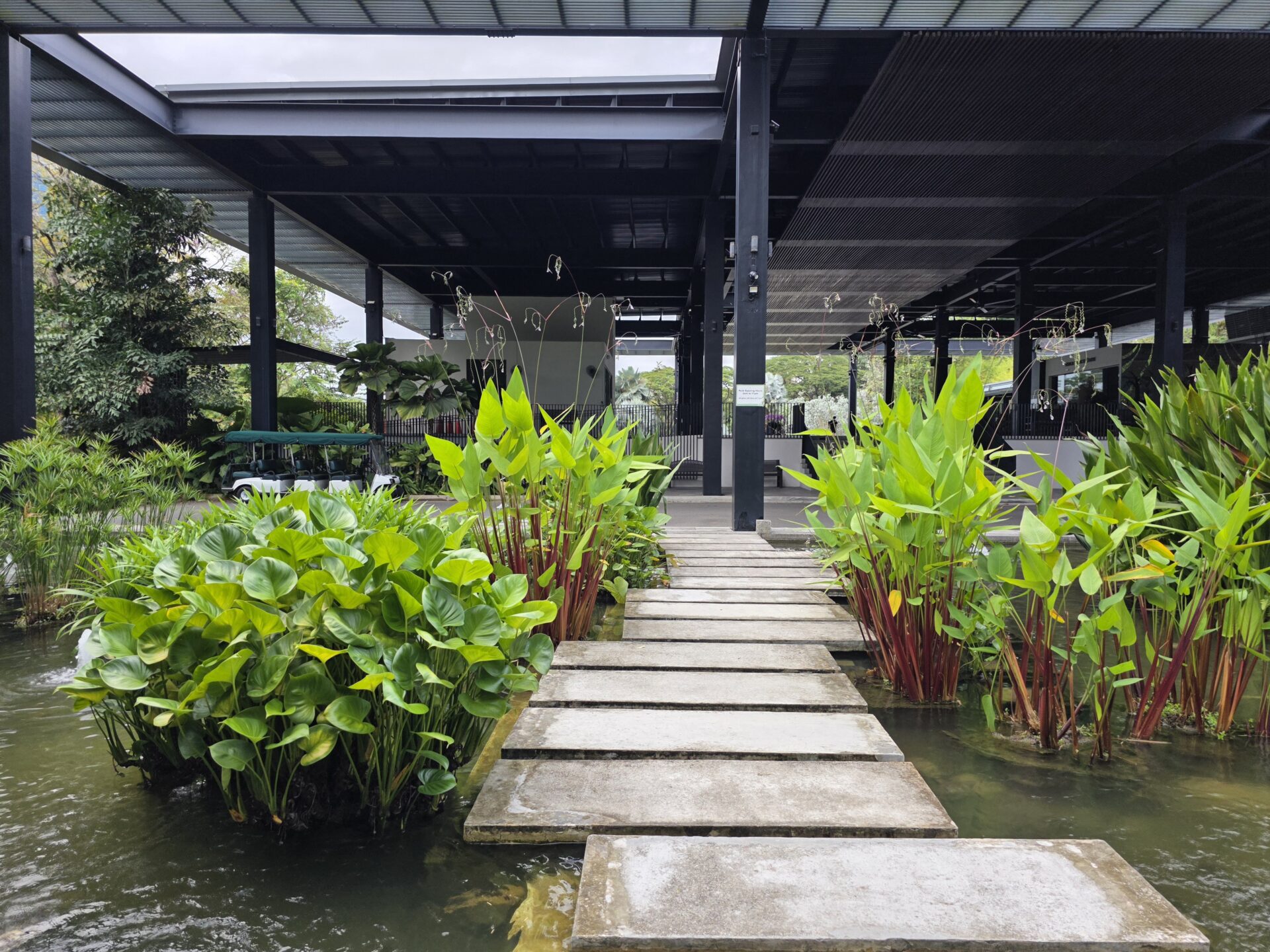
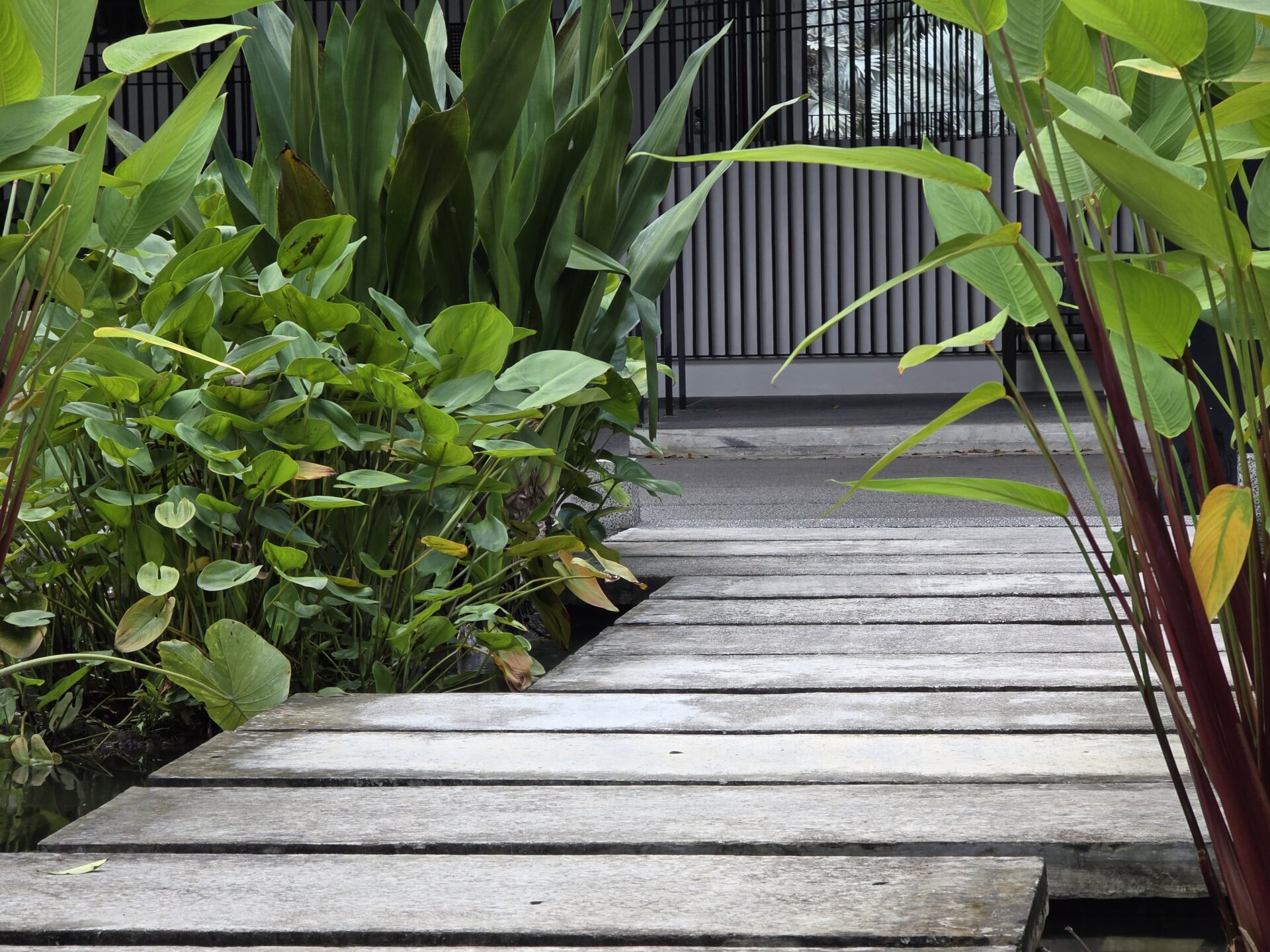
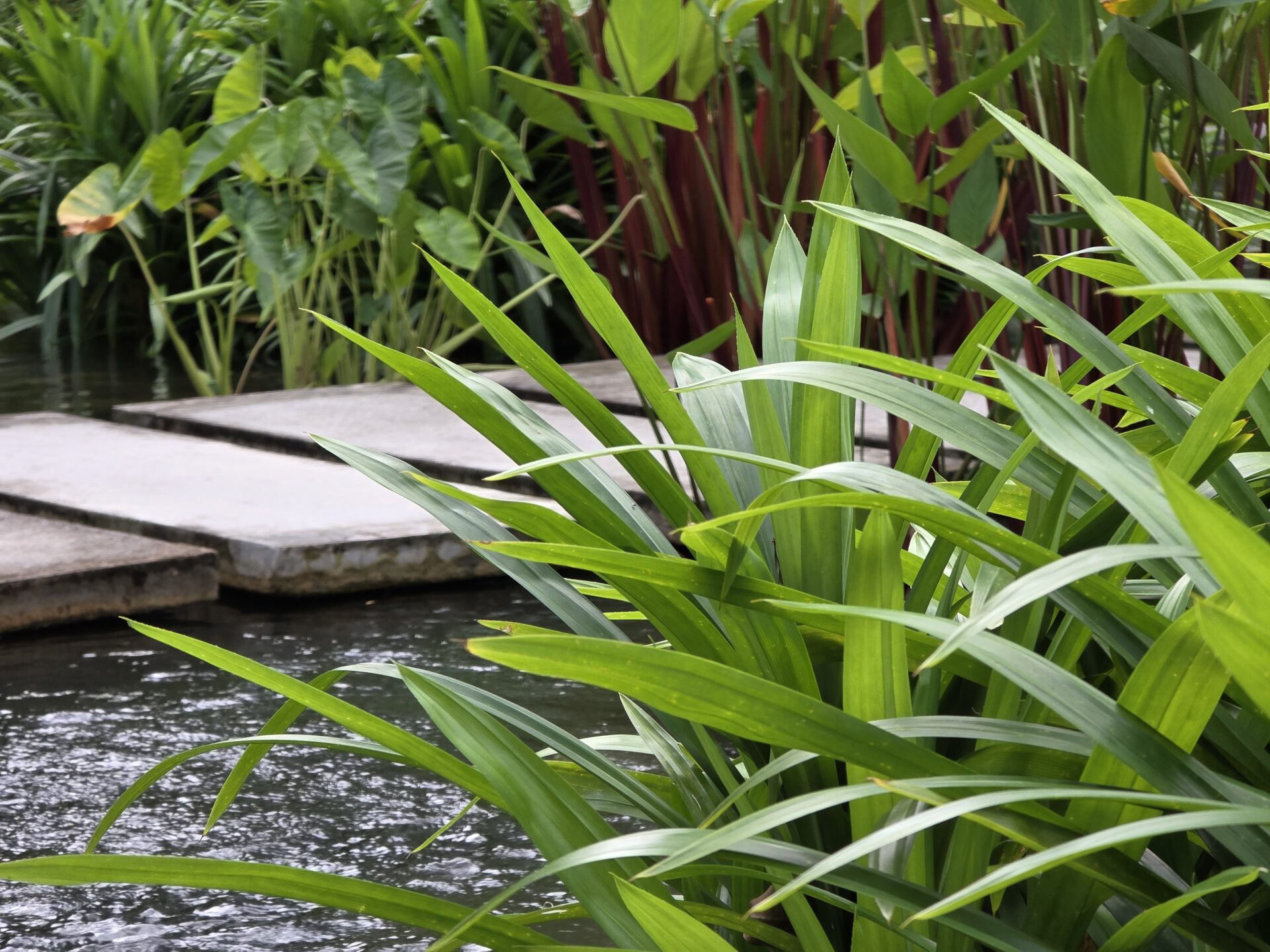
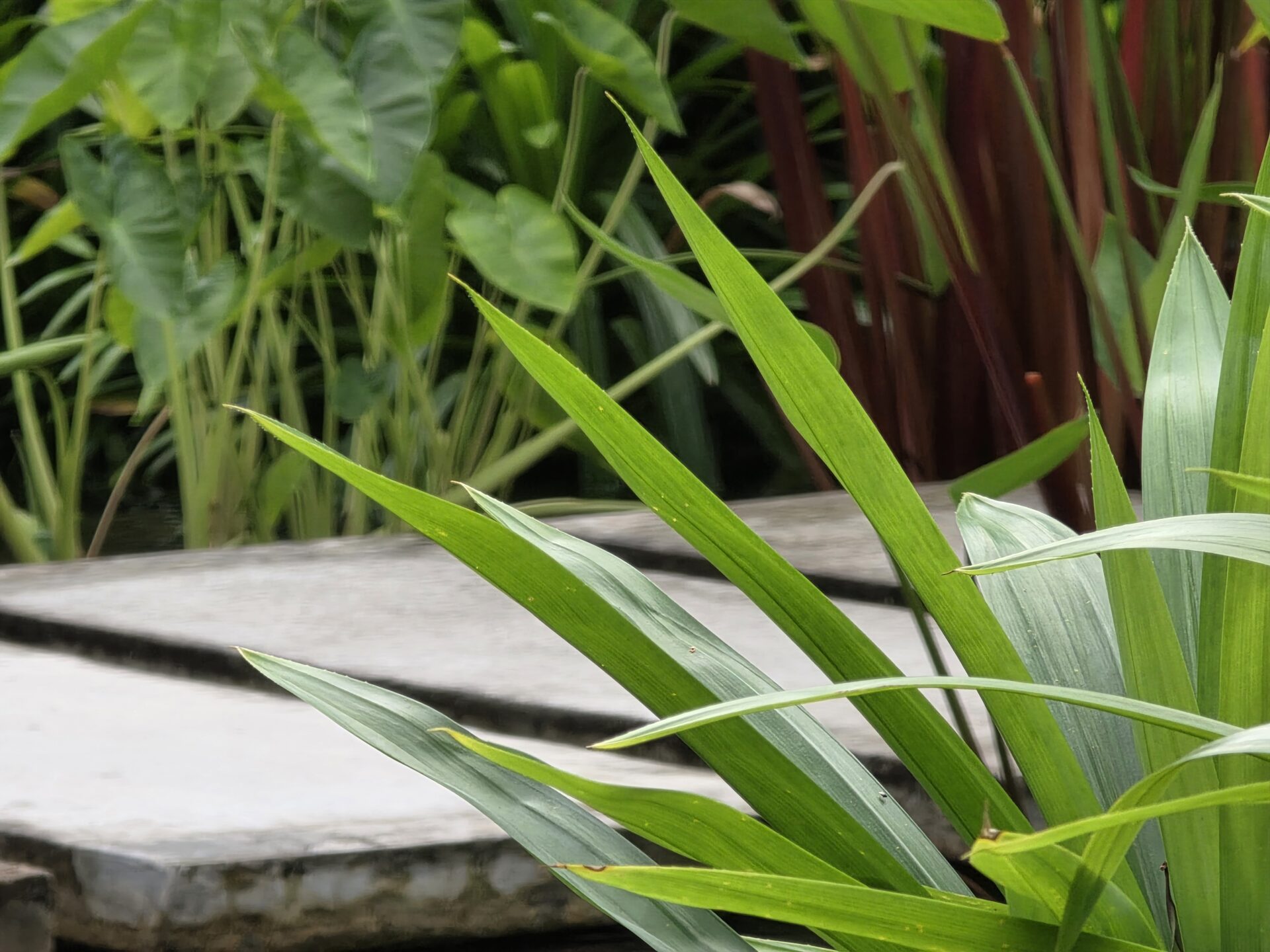
The Galaxy S25 Ultra has retained the admirable performance in other daytime shots, with little to critique detail- and colour balance-wise. I like how the high aperture also brings out the bokeh in the 5x shot while maintaining good detail and lighting.
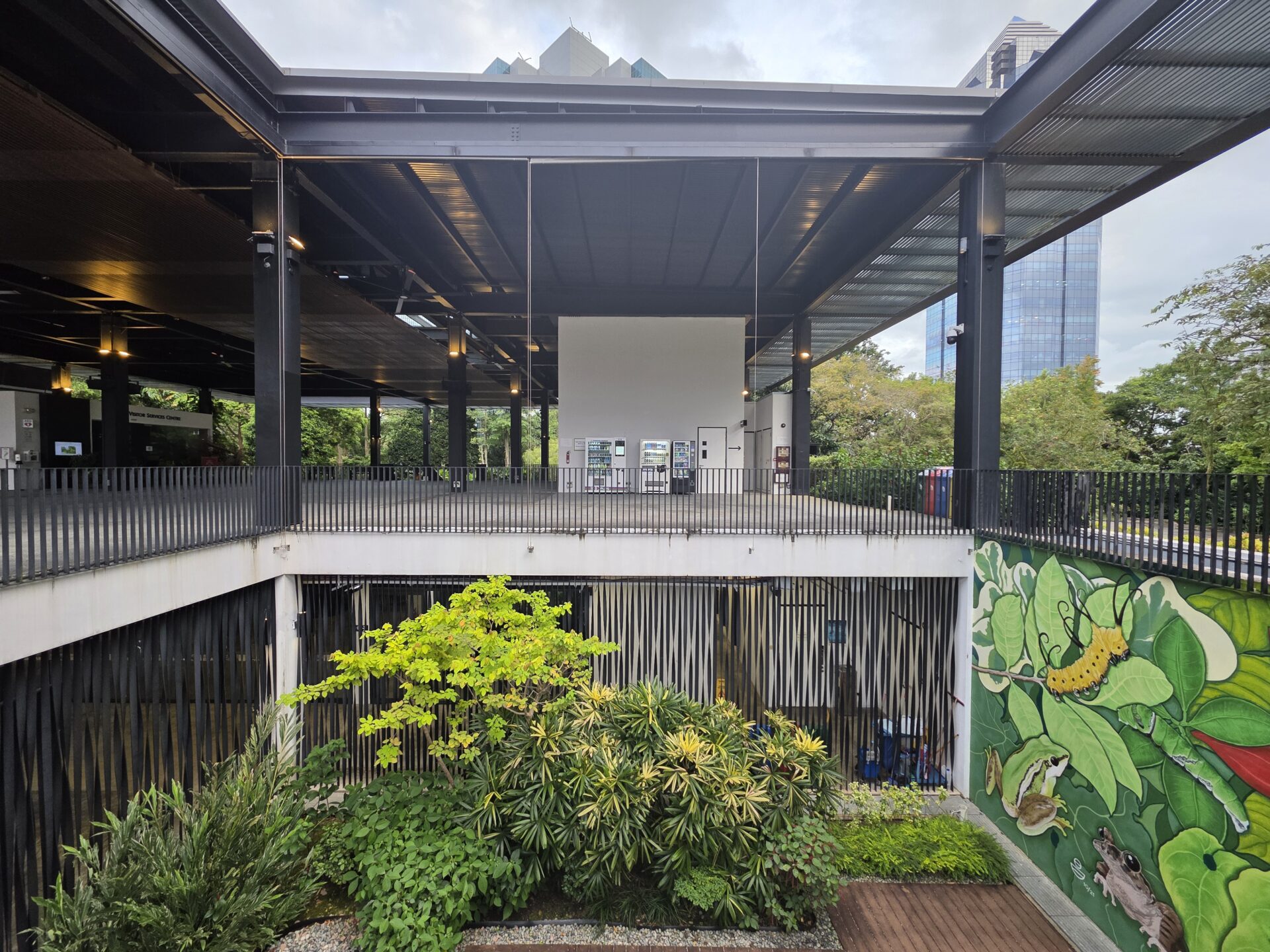
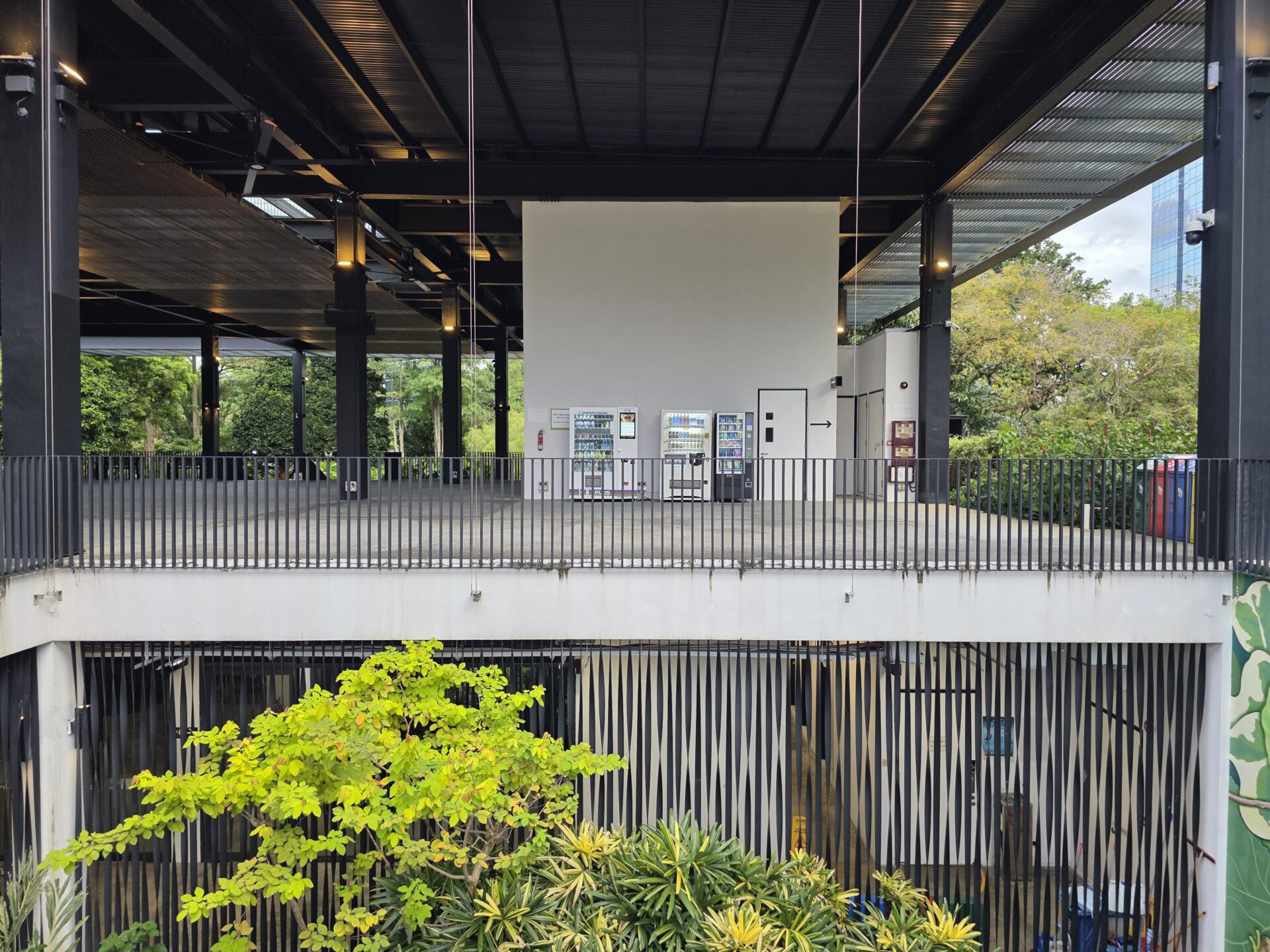
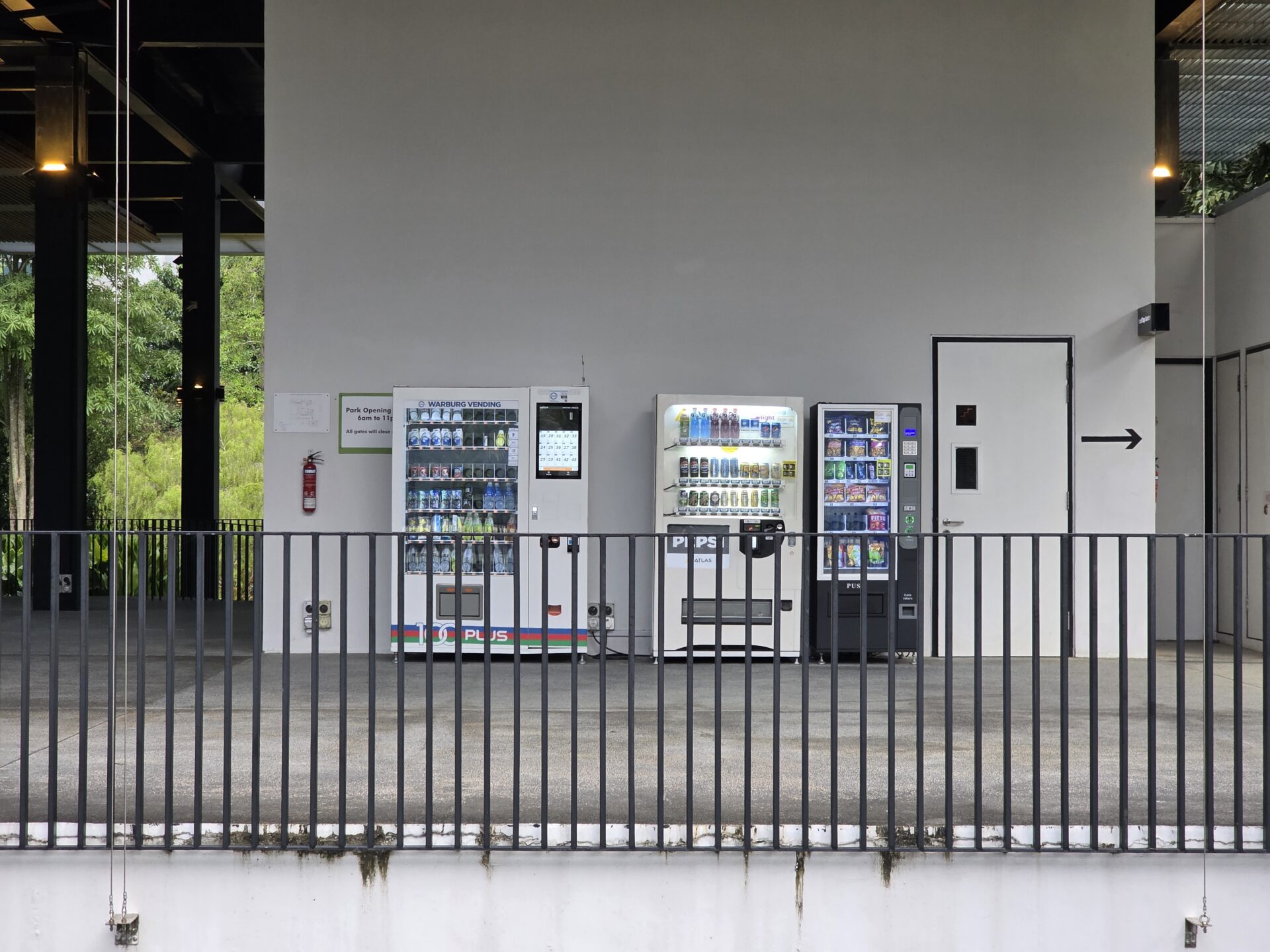
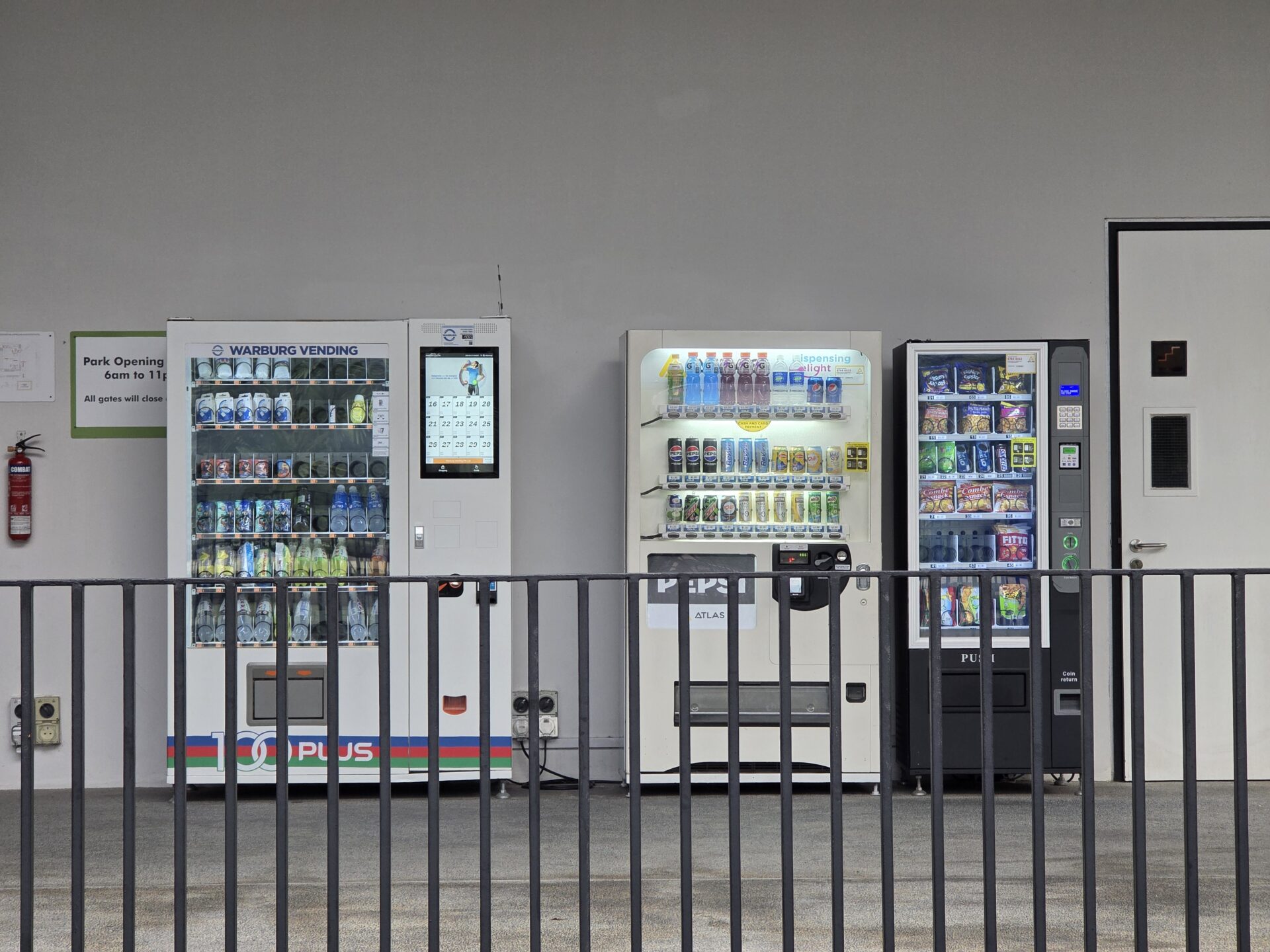
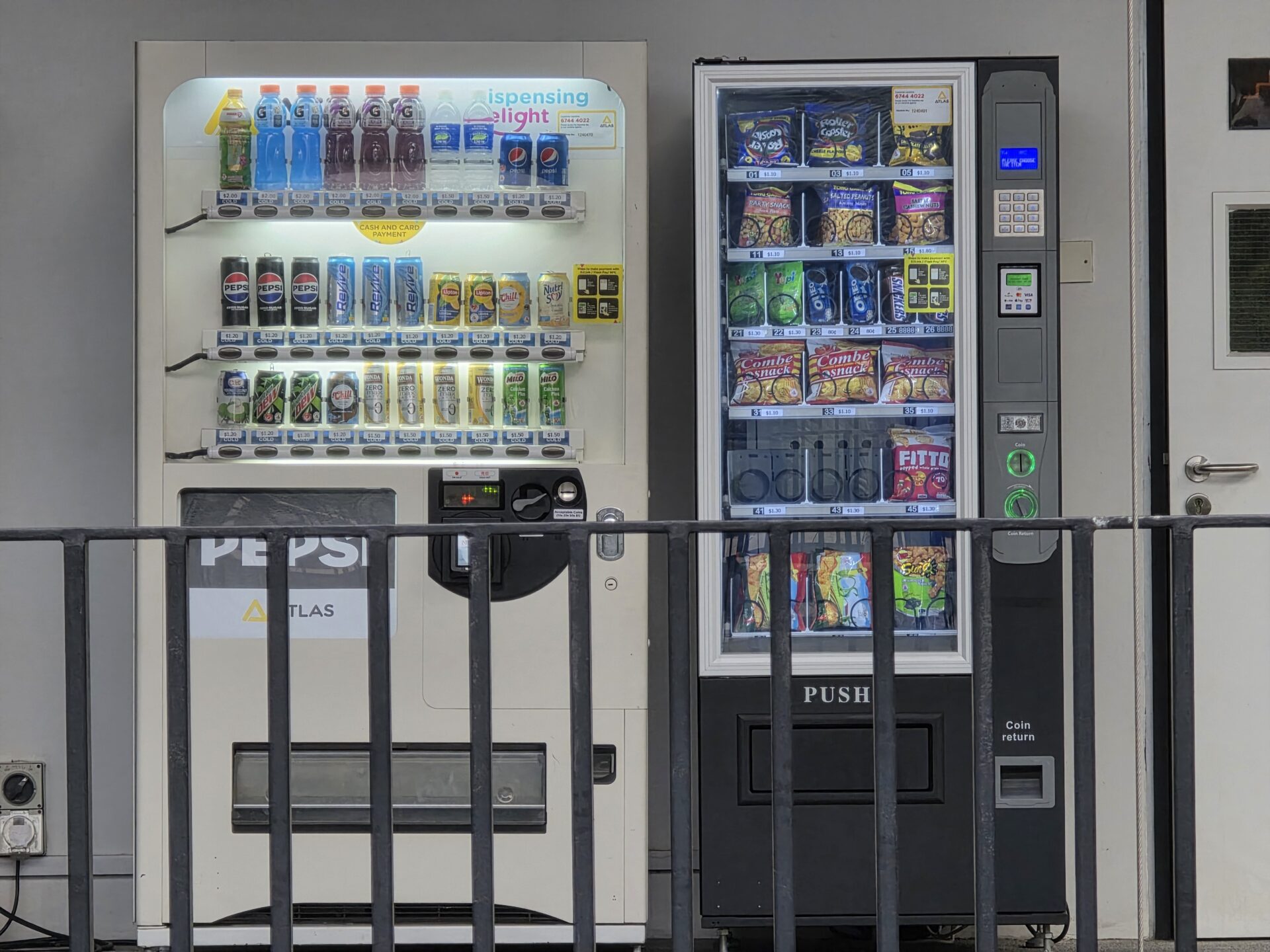
Going into the sheltered entrance plaza of HortPark, the Galaxy S25 Ultra continues to handle both the brightly lit outdoors and shaded indoors well across various zoom levels.
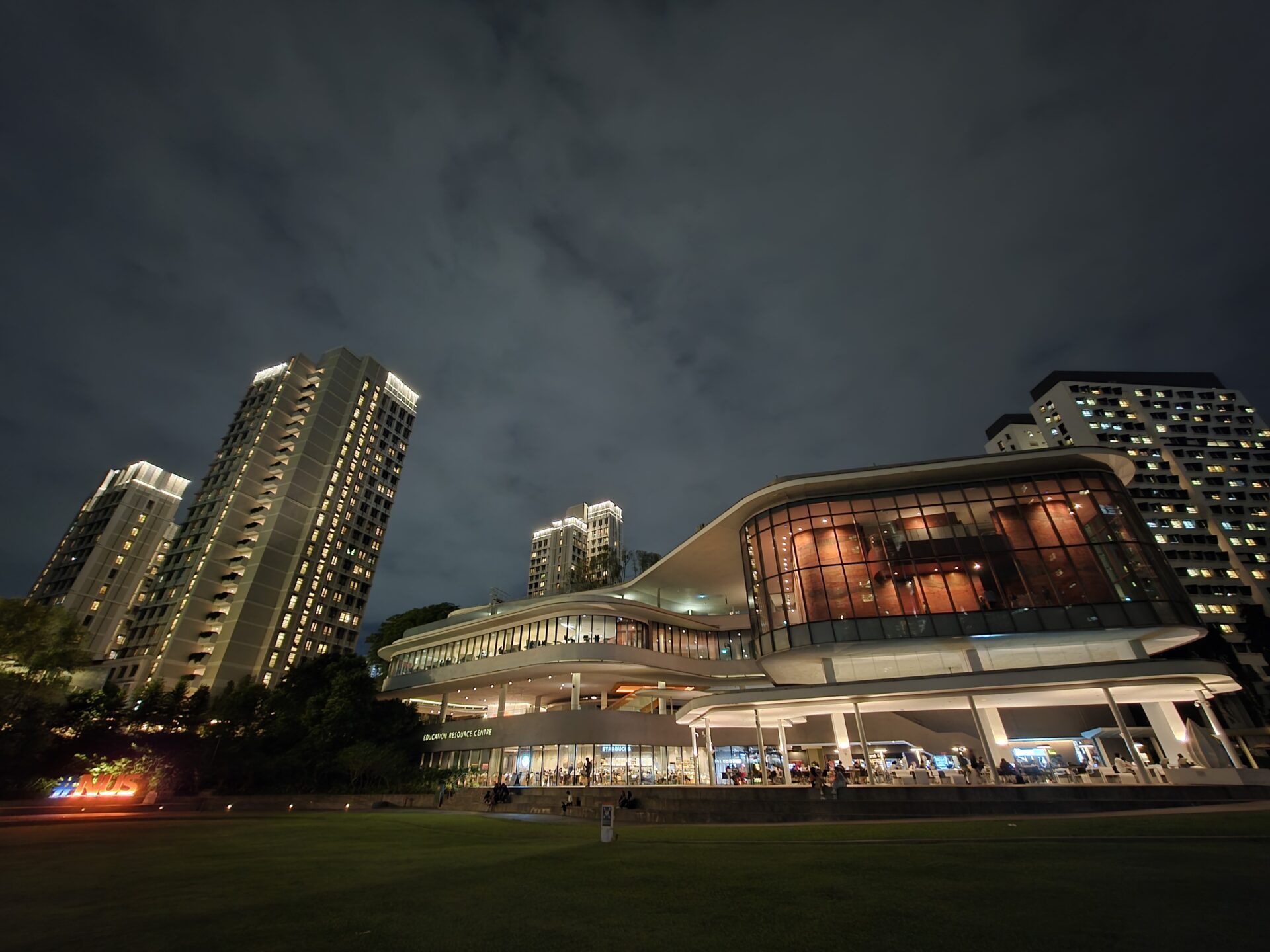
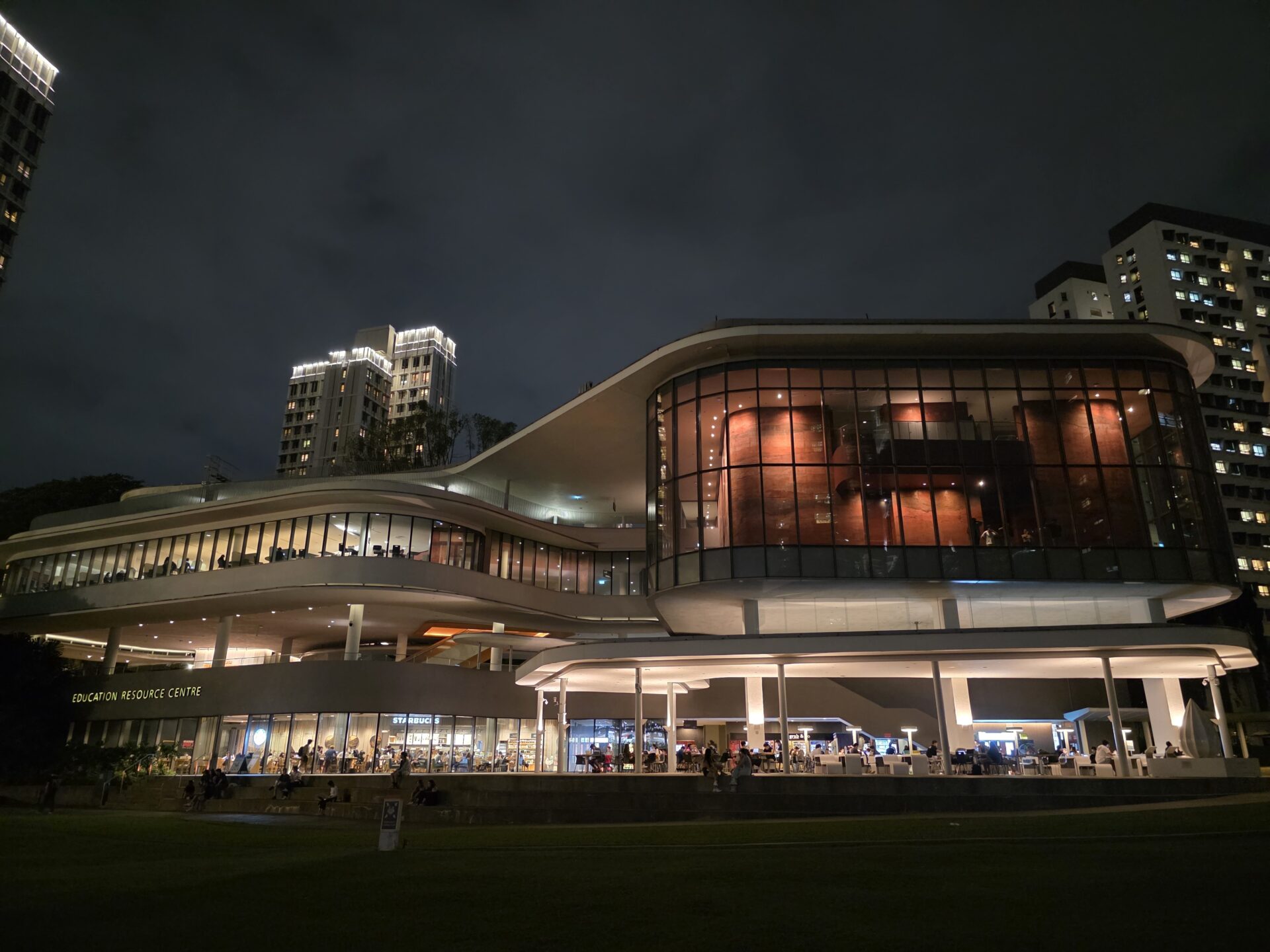
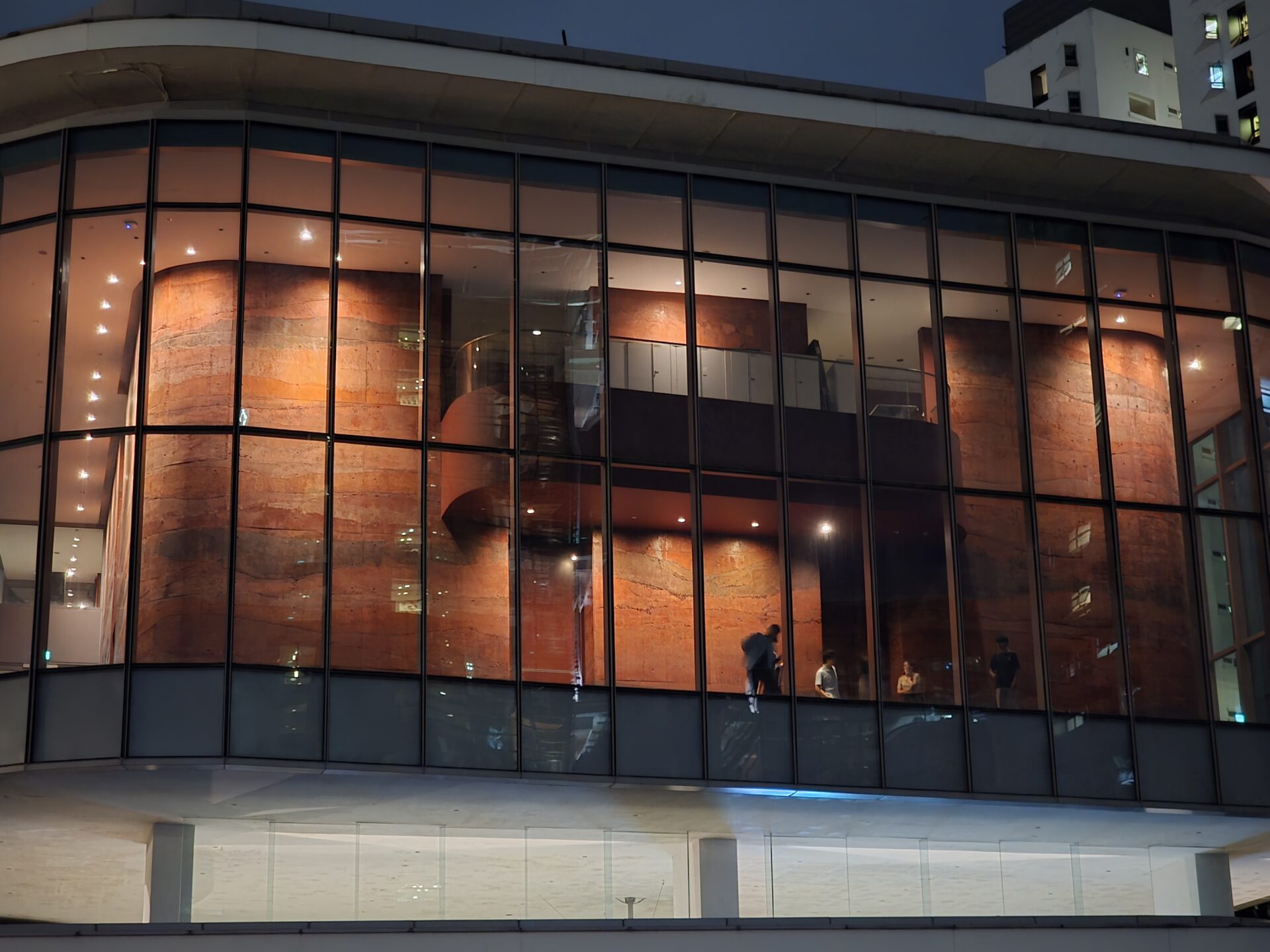
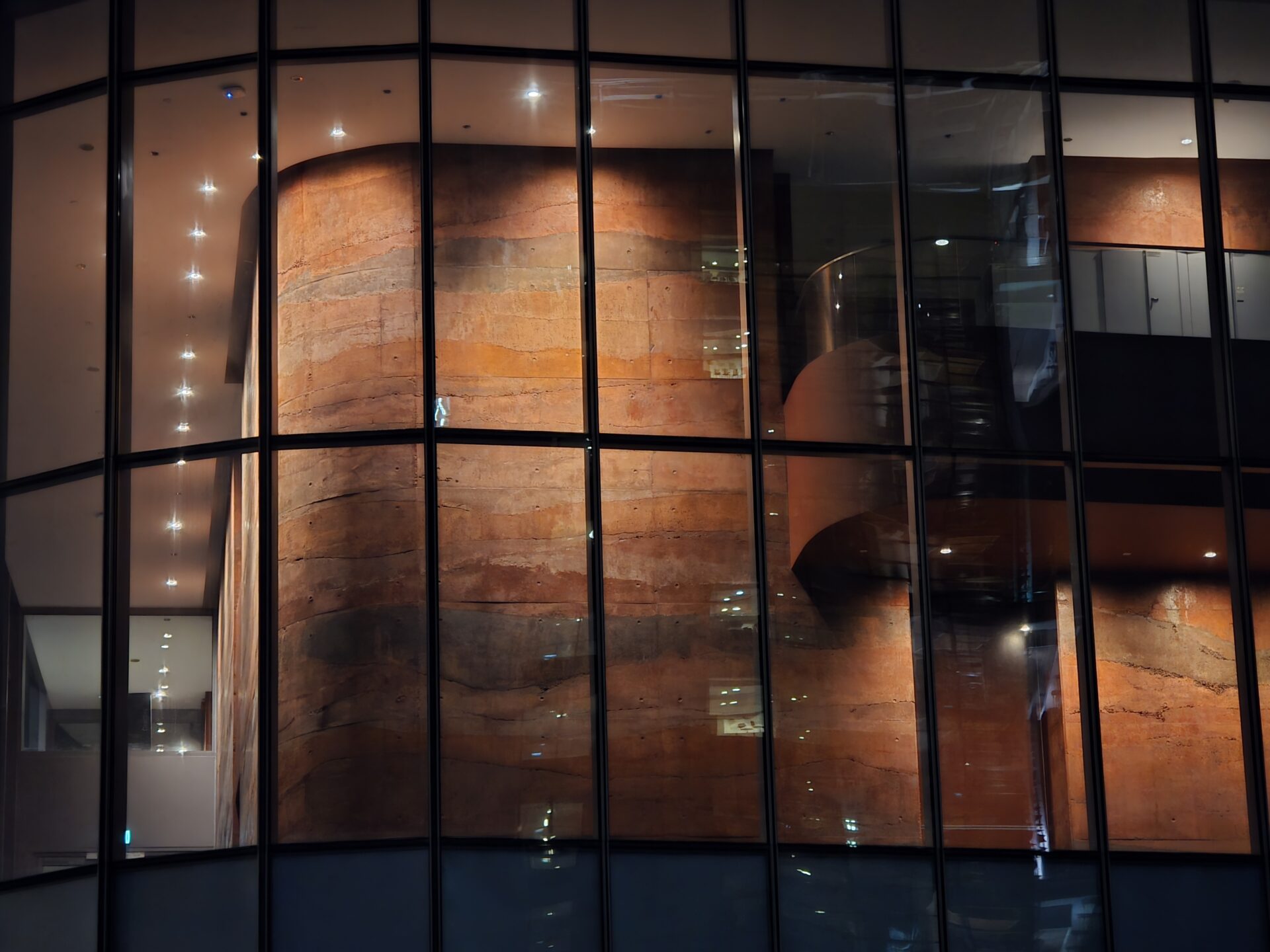
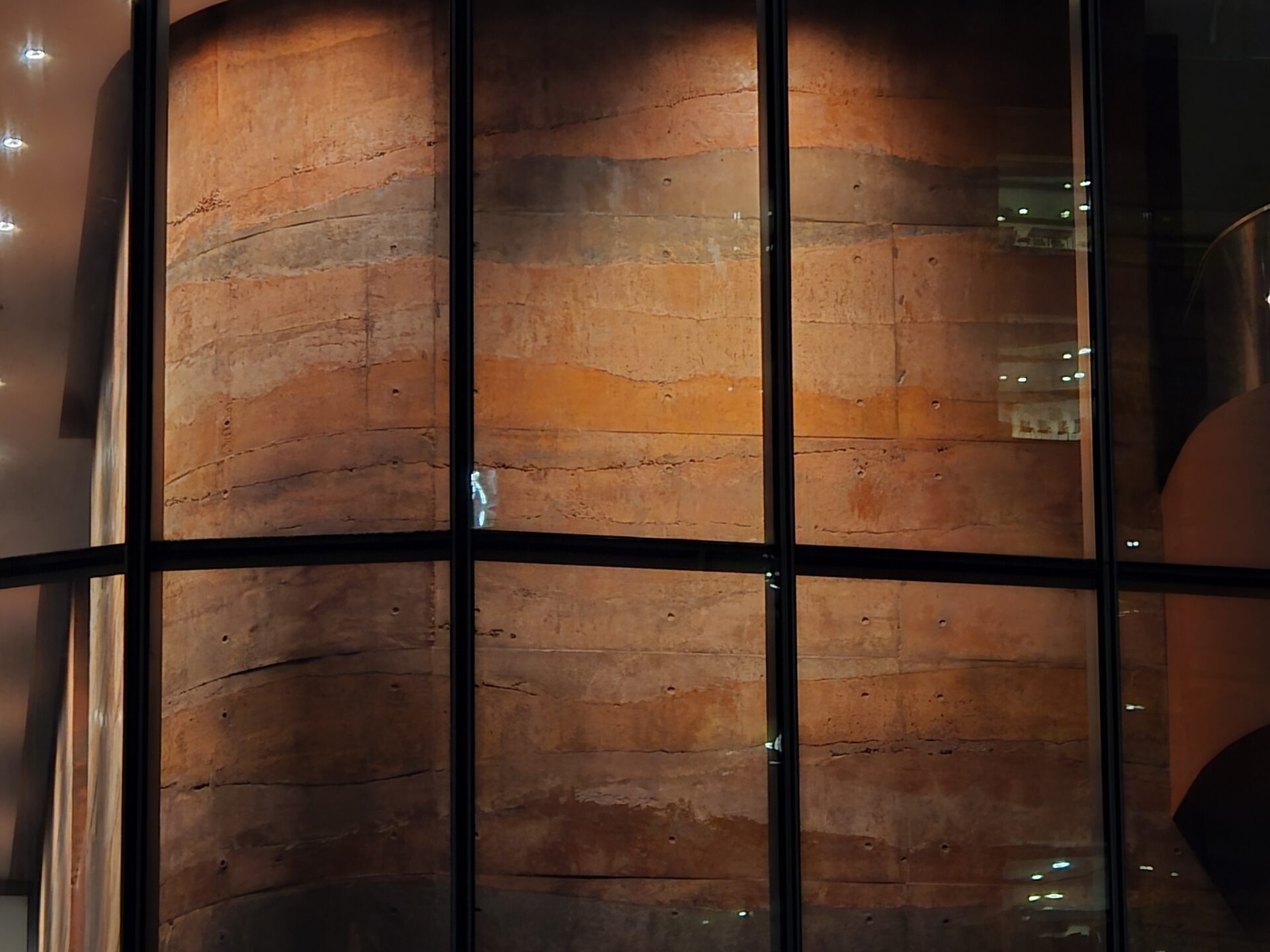
There are discernible improvements in night shot handling. The ultrawide shot retaines good detail, and does not blow out bright-lit areas such as the sitting area in and around the cafe. The red earth feature wall does not get washed out by the warm ceiling lights and retains the different tones well in all shots.
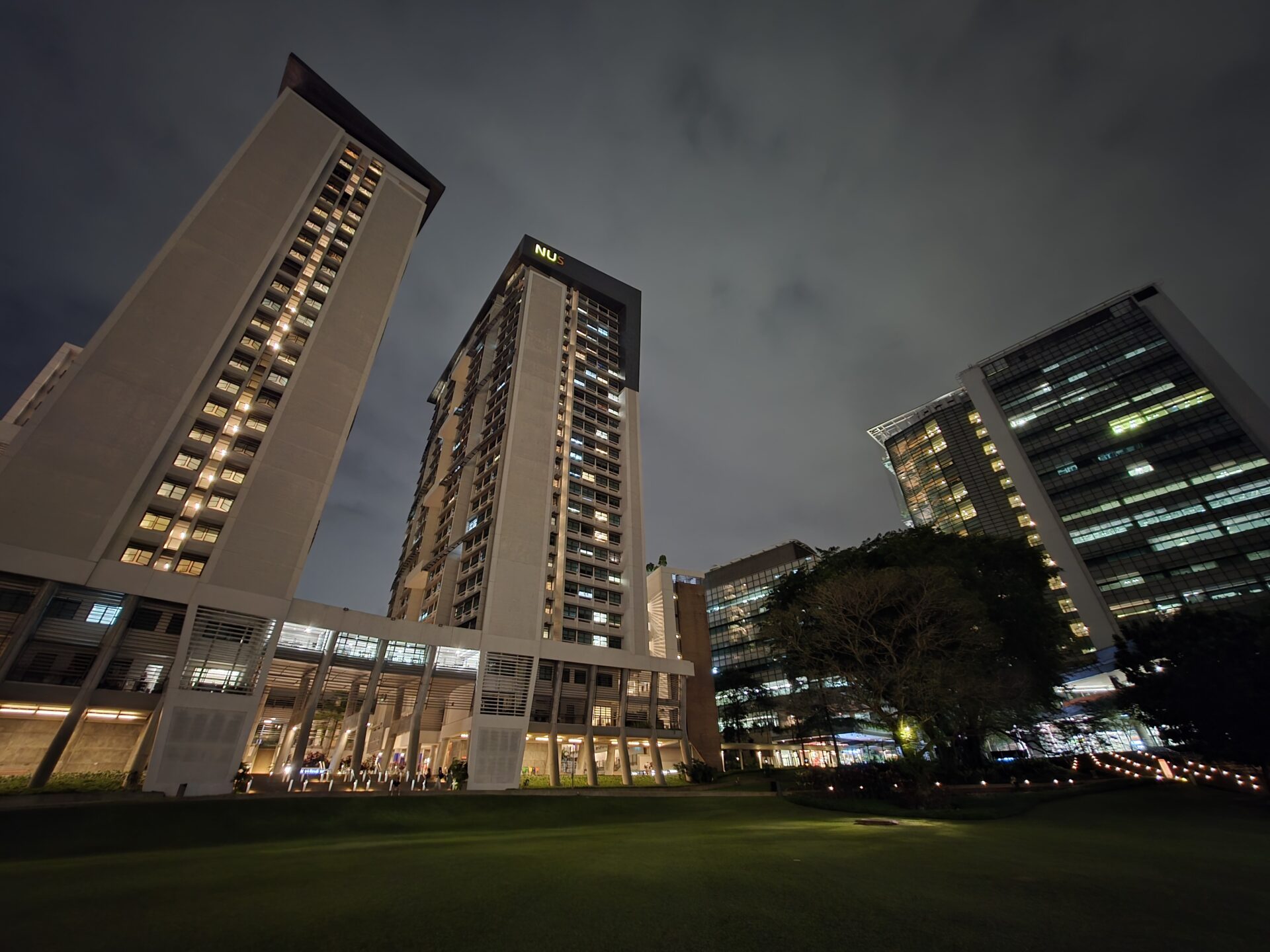
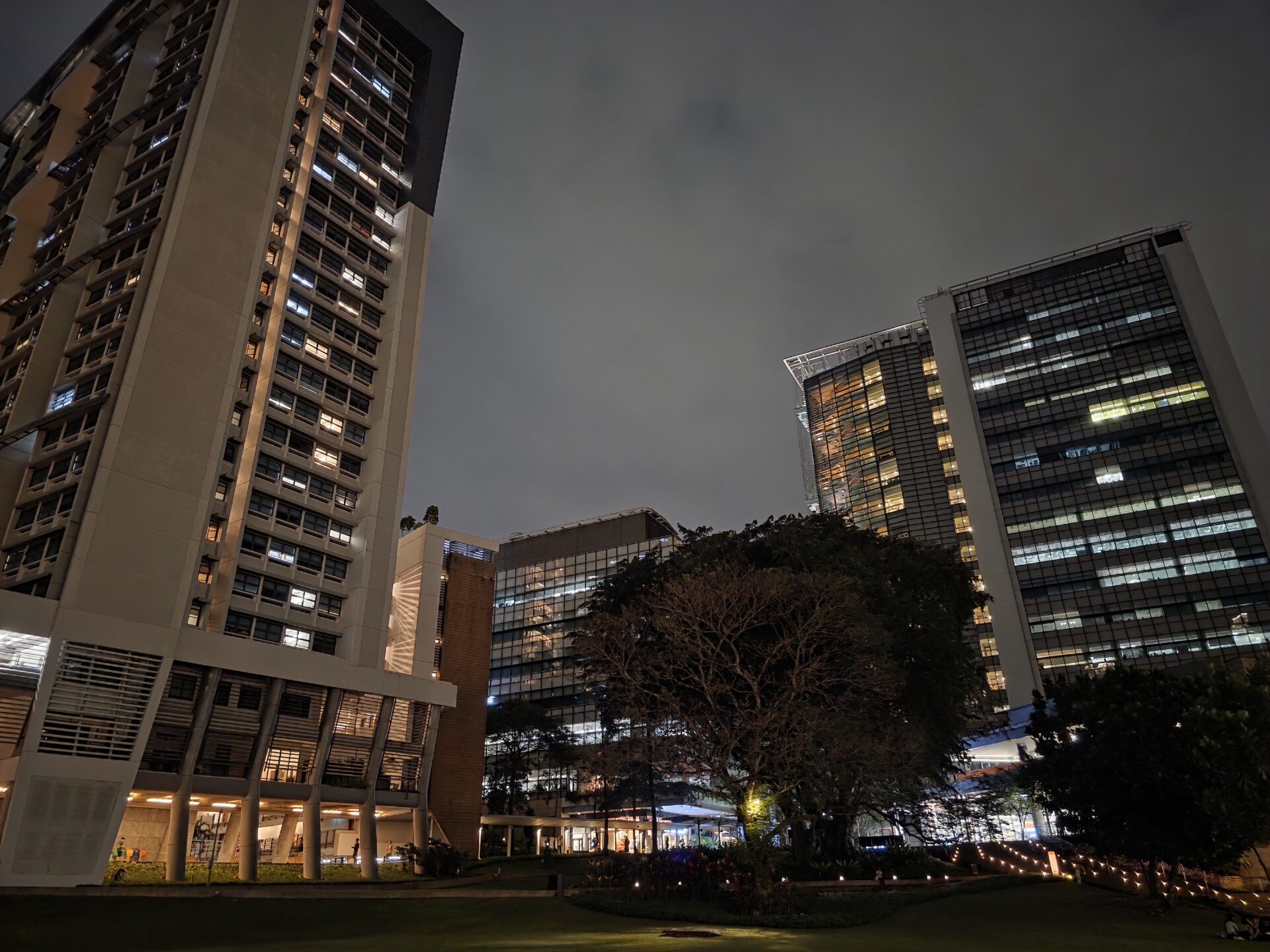
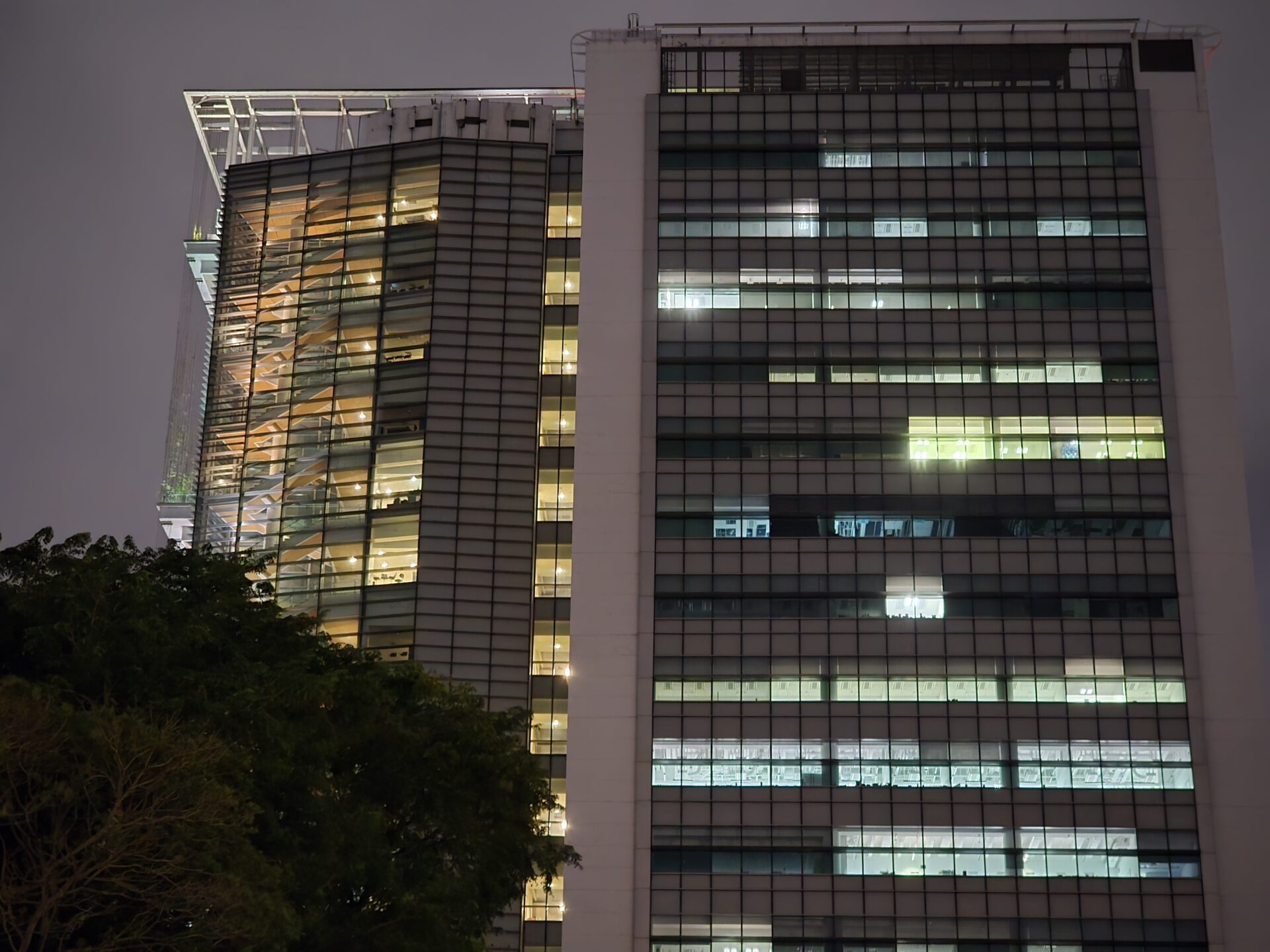
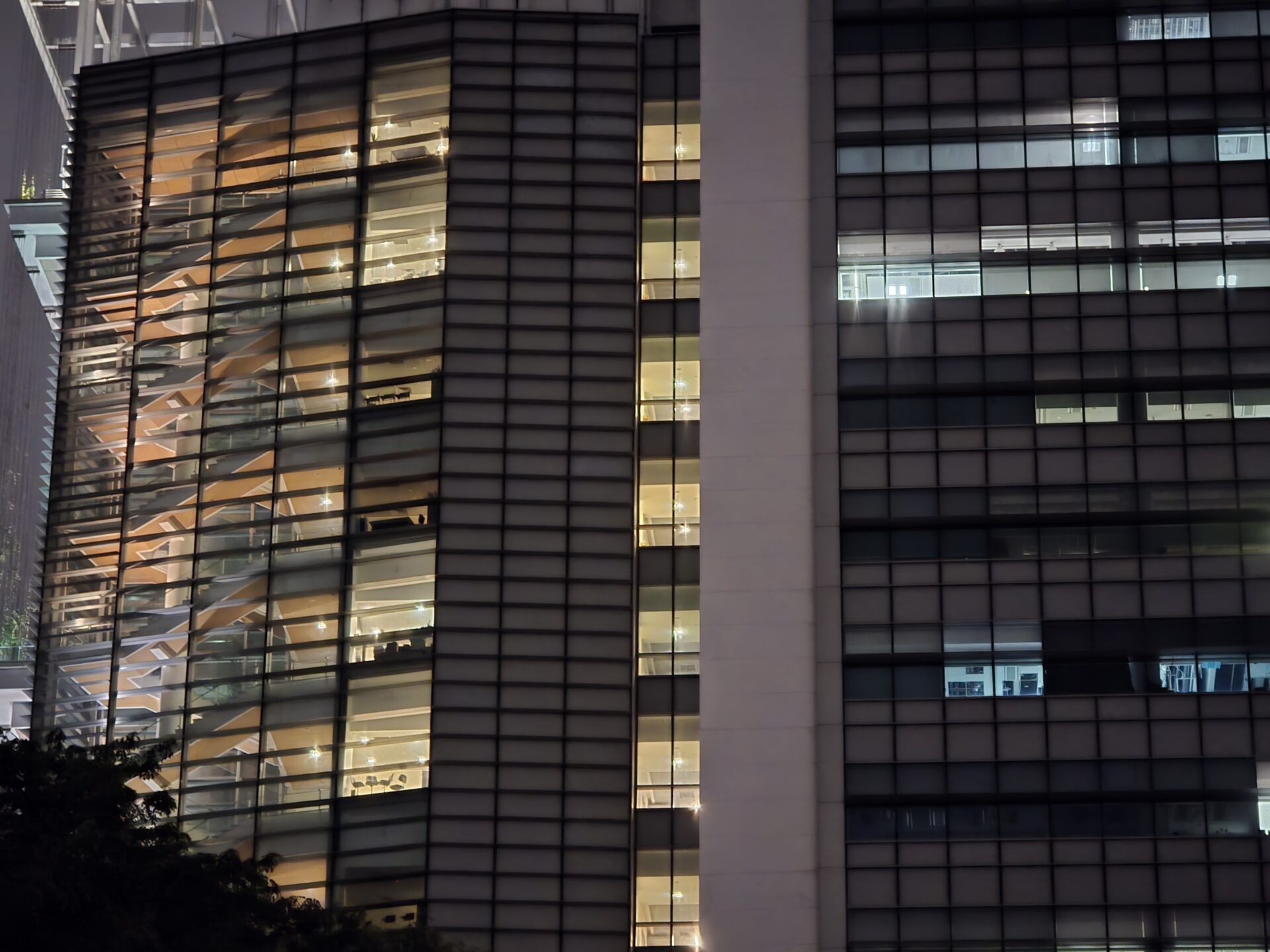
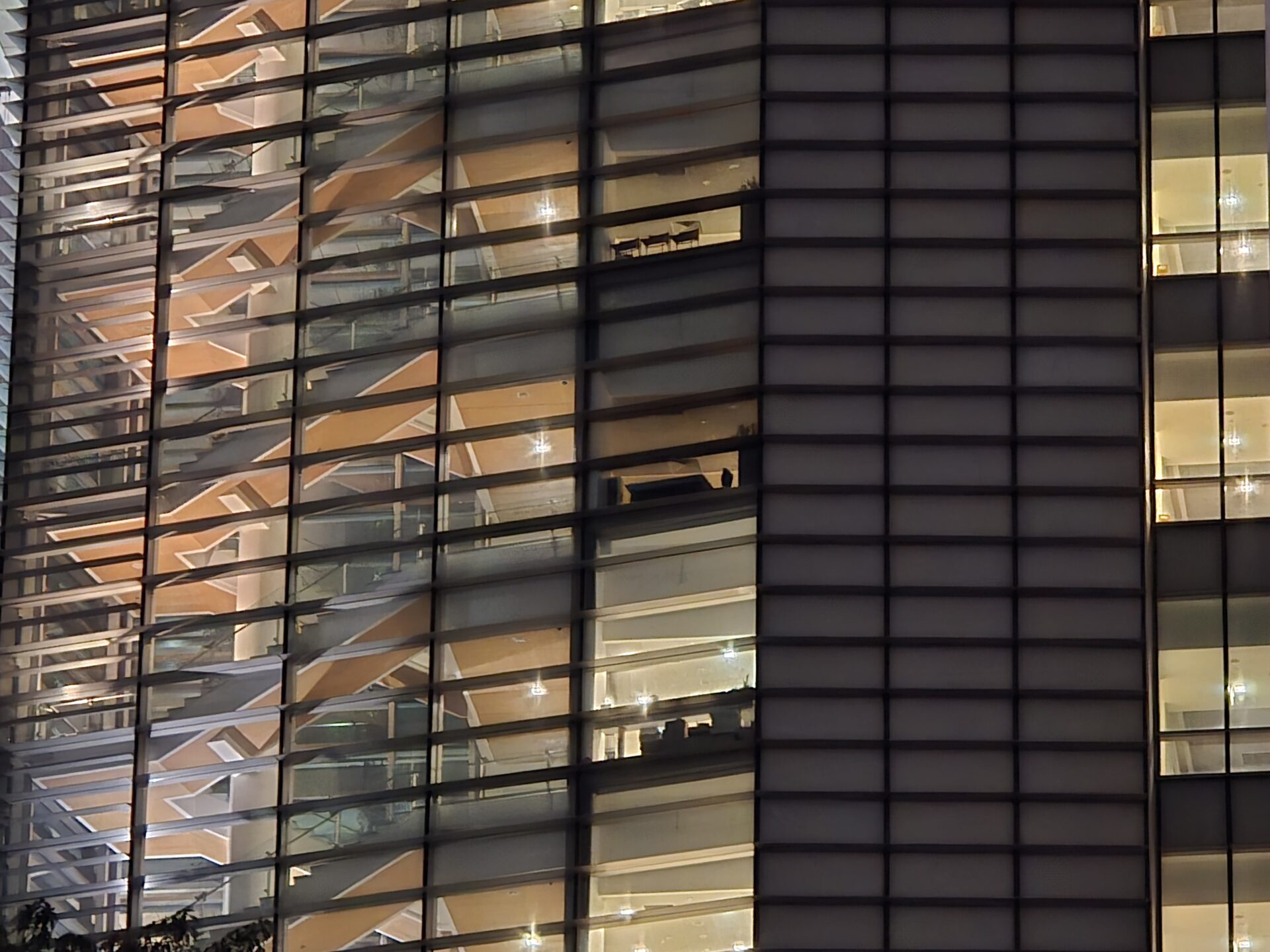
Resolved detail remains a strong suit in this set of images. Check out especially the 3x, 5x and 10x shots, where the interiors of the building are nearly crystal clear through the glass facade. If there is a complaint, it is the amount of sharpening. It can leave, in particular, already detail-rich shots like those made by the wide shooter looking a little jagged.
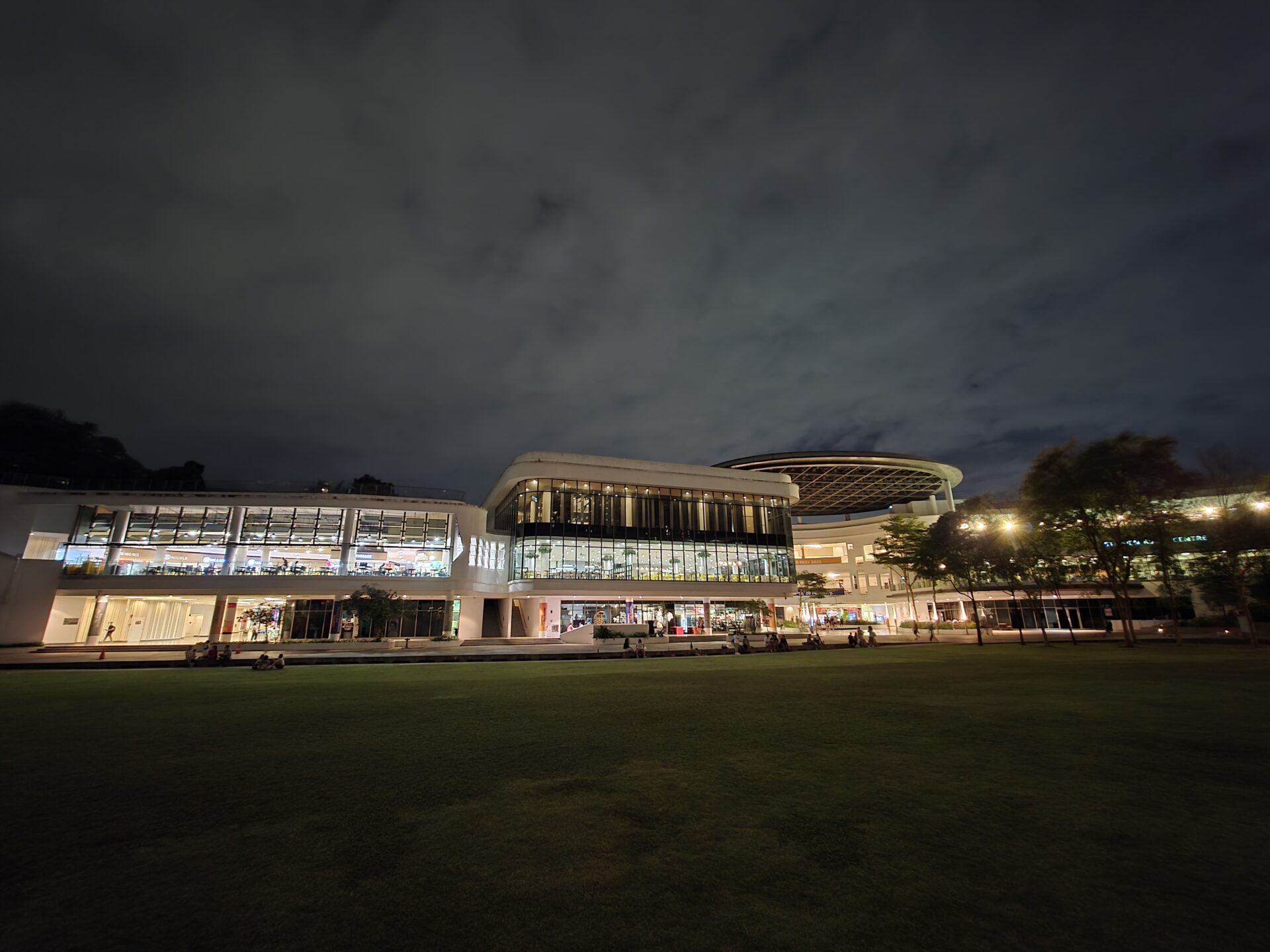
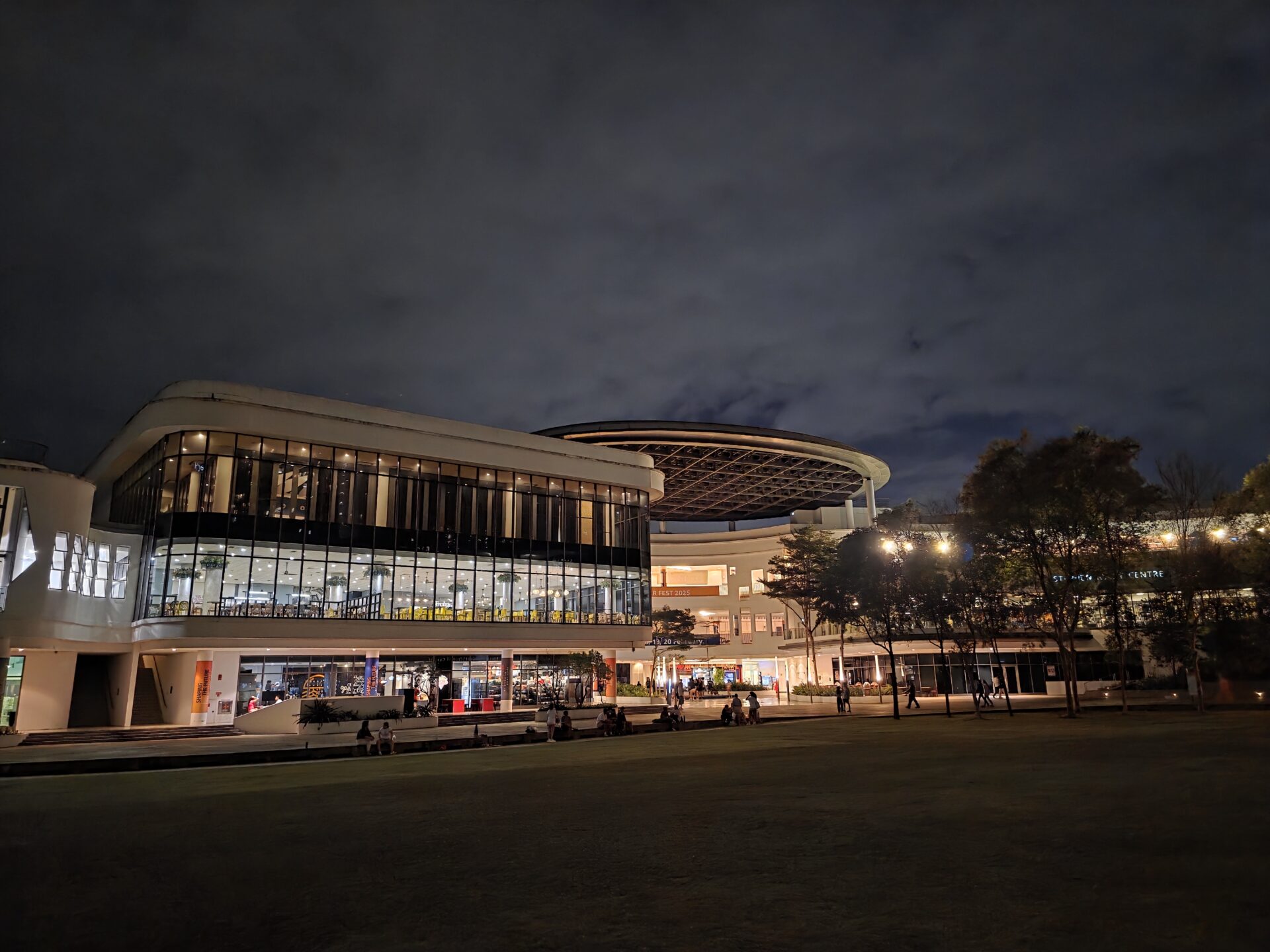
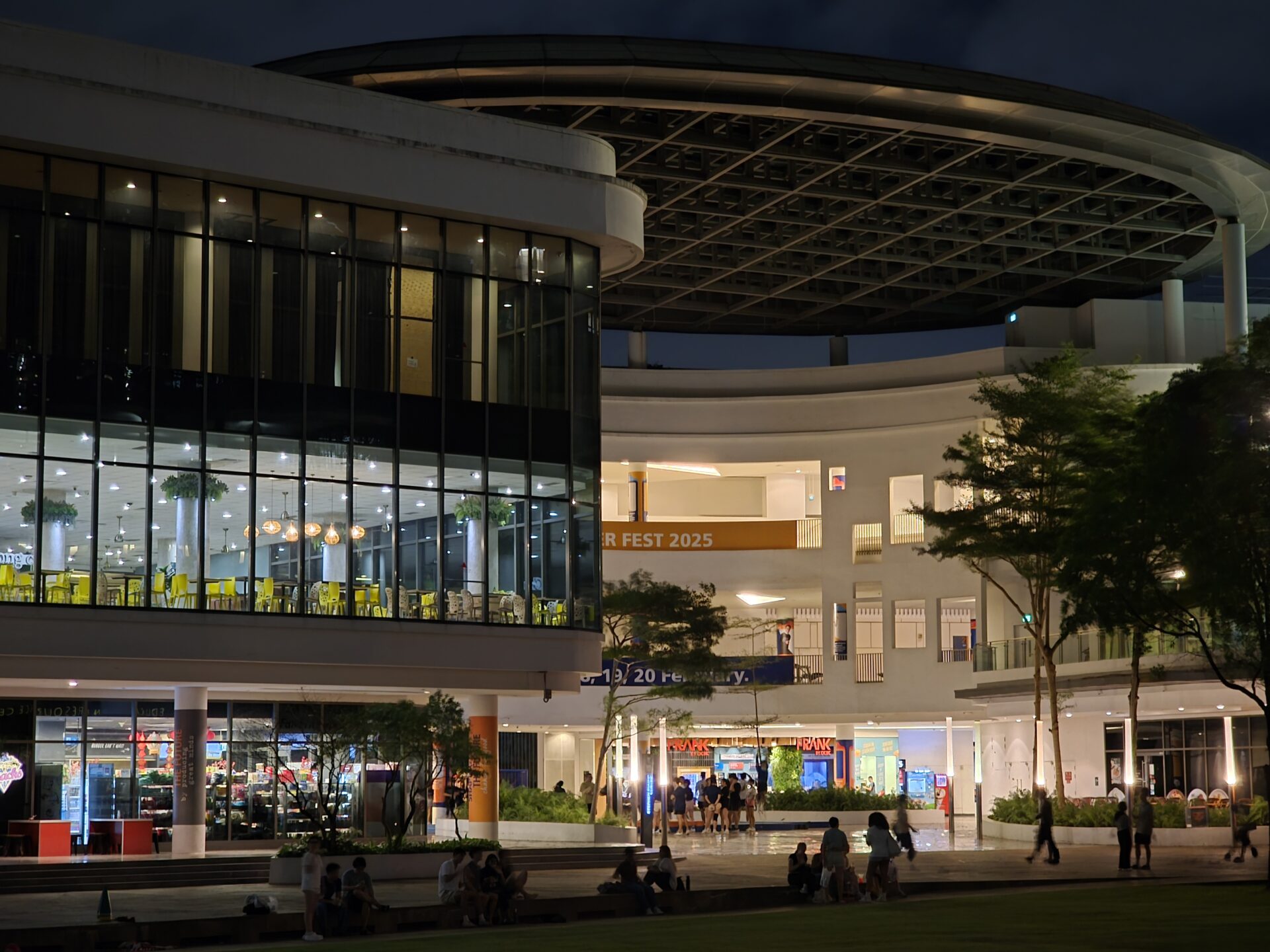
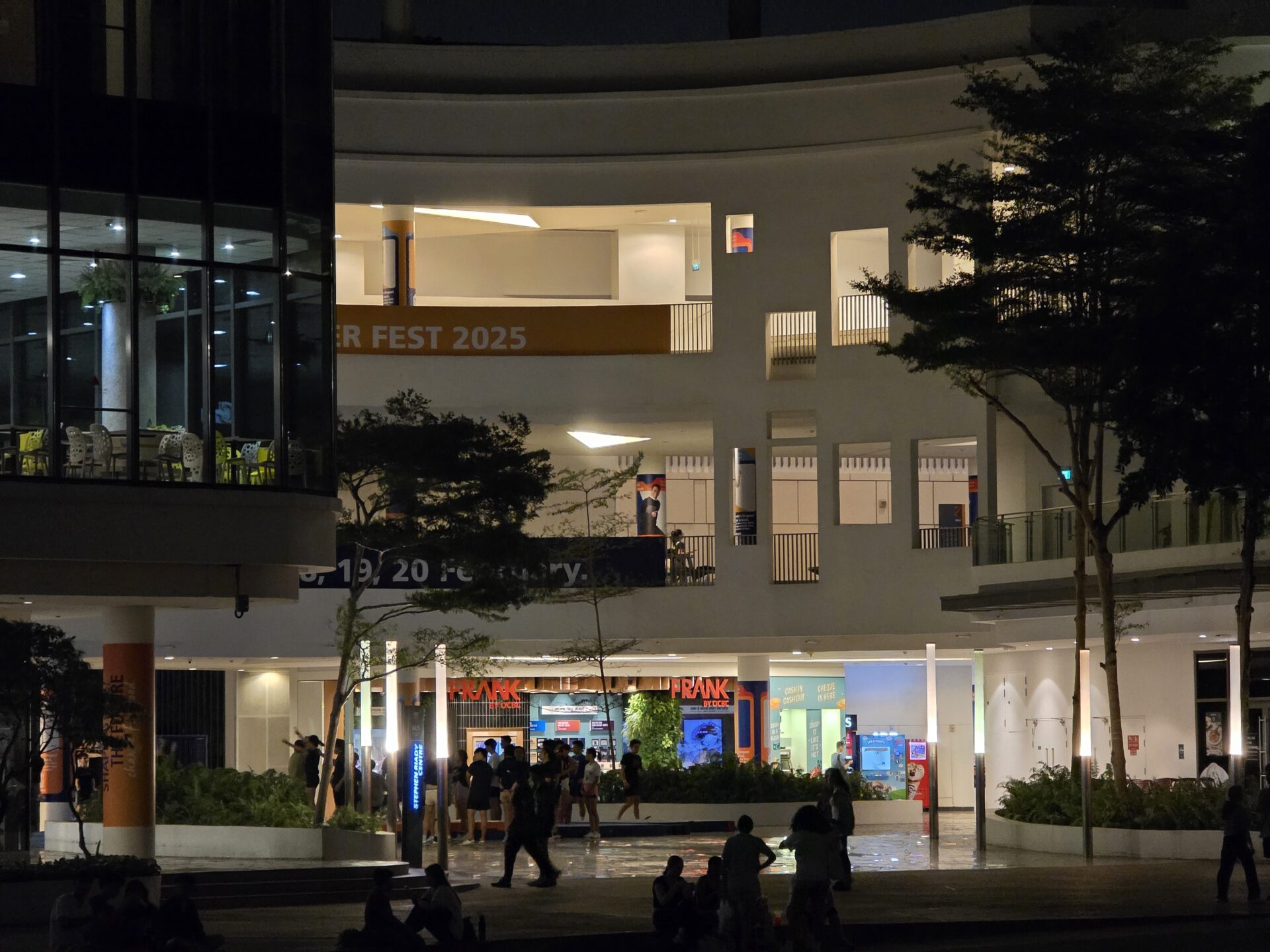
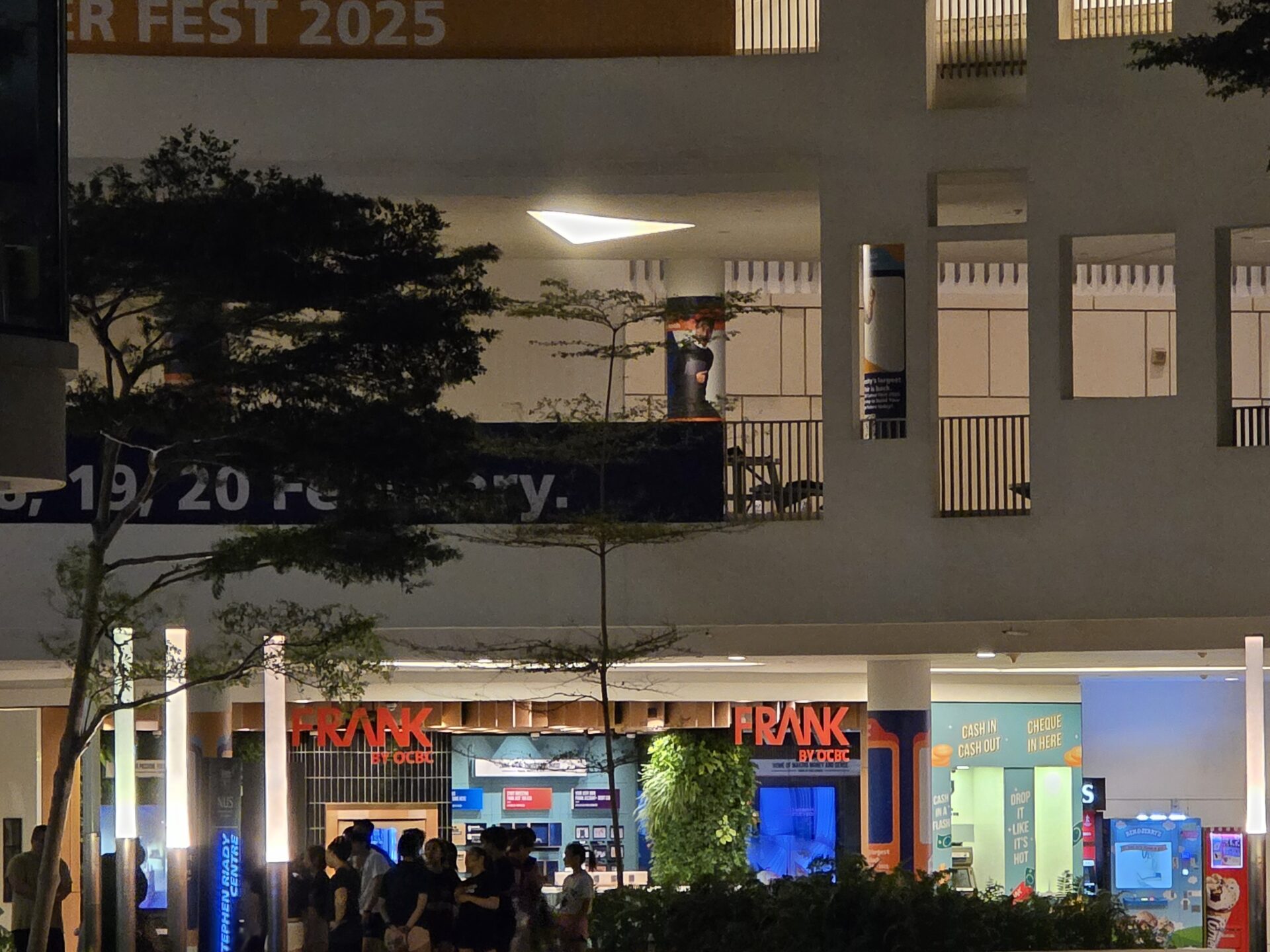
With this final and most challenging set of night shots, the less lit parts of the 5x and 10x shots may have turned out a little too dark, probably in order to preserve detail in the lit bits.
The ultrawide shot also appears over-sharpened where things are well lit, and a little blurry where it is not – have a look at the trees on the top-right of the shot.
Conclusion
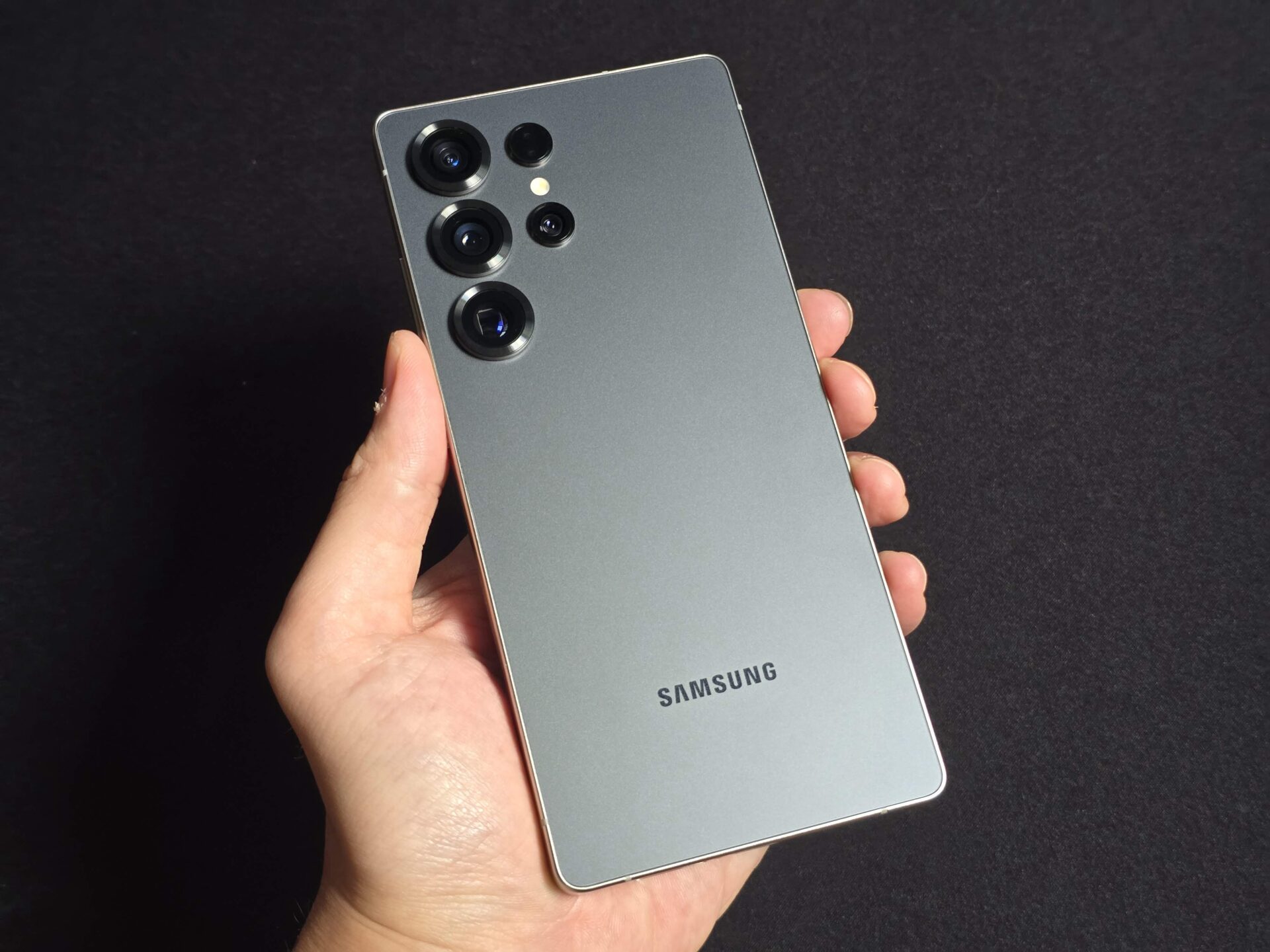
In many ways, the Samsung Galaxy S25 Ultra is a victim of the Galaxy S24 Ultra’s success. The earlier phone refined excellence by switching its headline 5x telephoto shooter to one that performed better than its predecessor at 10x.
The better detail in ultrawide shots – no, every shot, really, thanks to software smarts – on the Galaxy S25 Ultra is much appreciated and rights a common gripe. Yet, continuing on a successful formula may not bring a wow factor.
To be fair, the ergonomic improvements this year are important, but they build on changes that began last year. Many of the AI smarts also begun coming together cohesively a generation before.
Someone coming from a device more than two years old will certainly appreciate everything the Galaxy S25 Ultra brings to the table. Year-on-year innovation, however, is definitely thinner this year, even if the performance gains are clear.
There is still plenty for Samsung to experiment and improve. What about larger 1-inch camera sensors? Variable zoom or aperture, possibly? Charging speeds can increase too. Speaker placement is due for a refresh, perhaps together with audio tuning. The SIM card tray can do without an eject pin.
The Galaxy S25 Ultra remains cream-of-the-crop, but the time has come to bring excitement to the category and form factor, even at the risk of small missteps. Samsung is in this long enough to course-correct without major hiccups.
